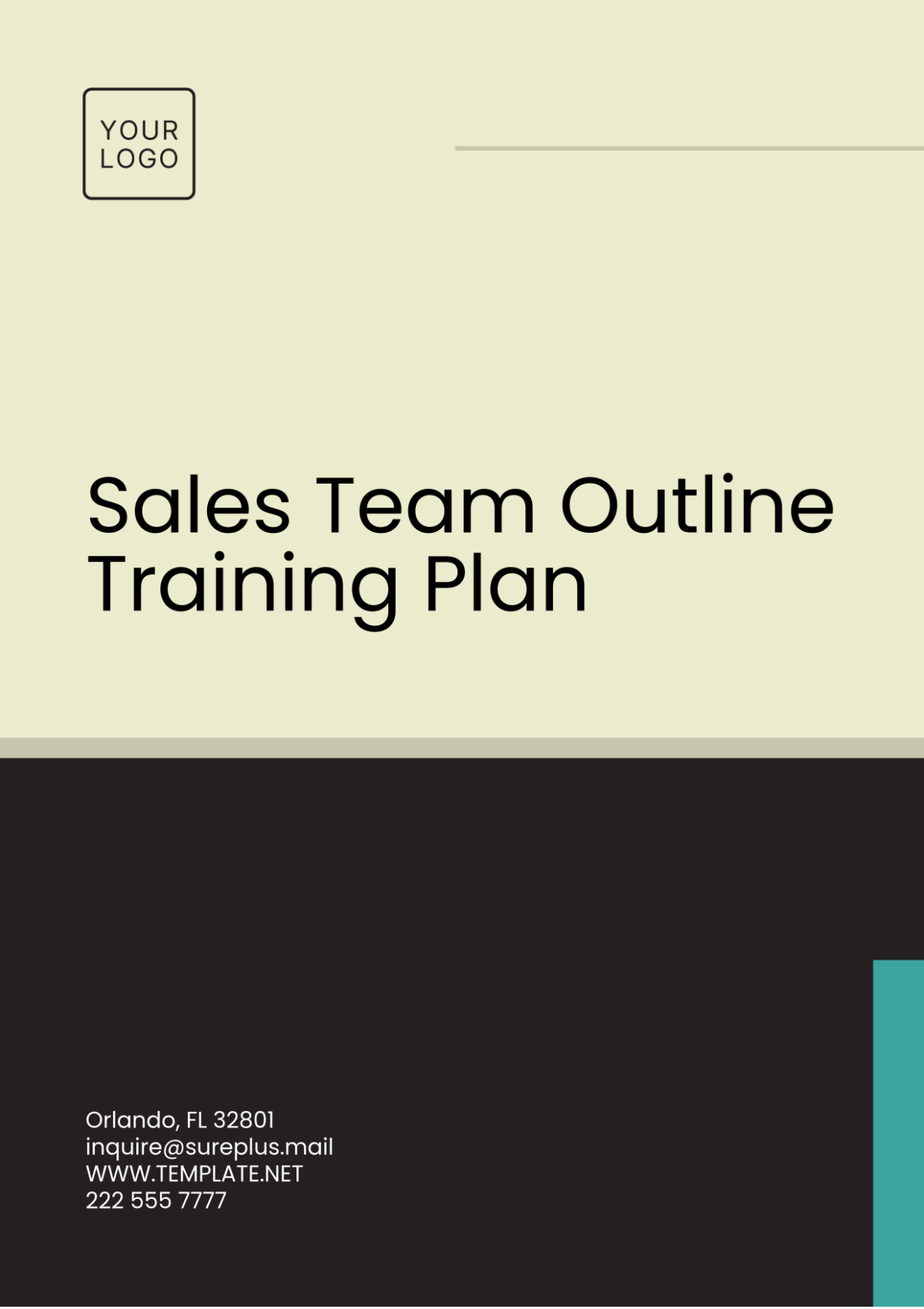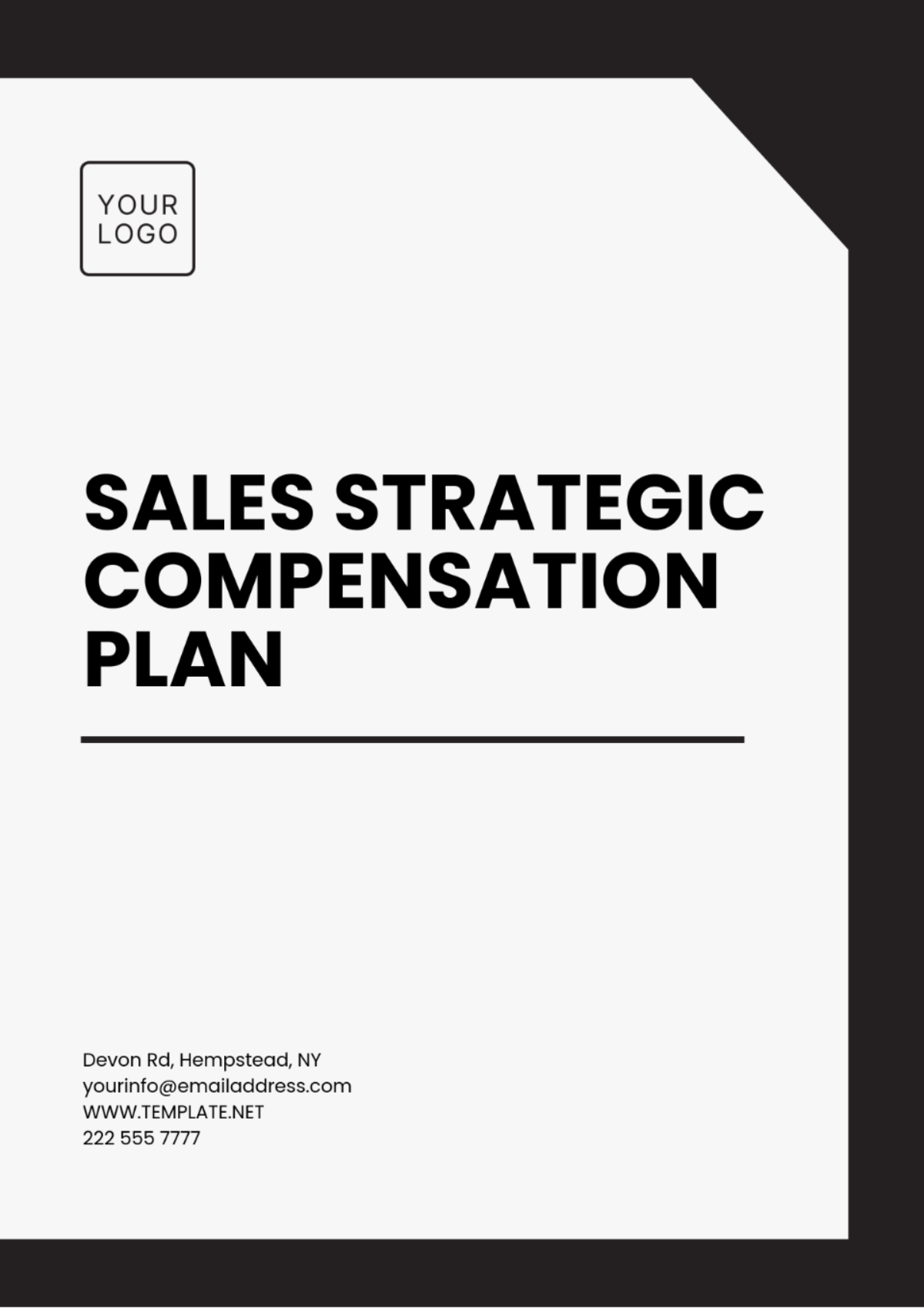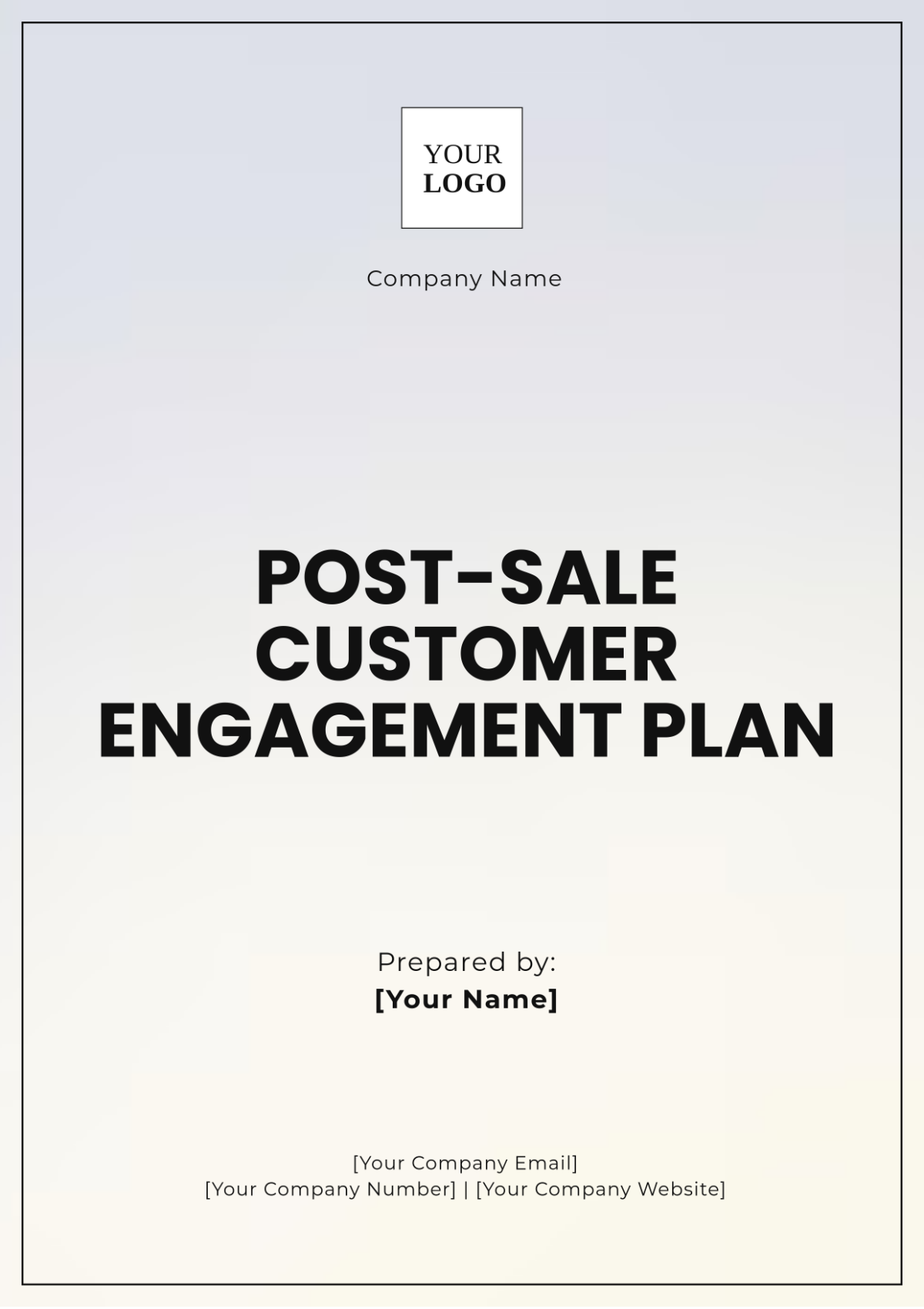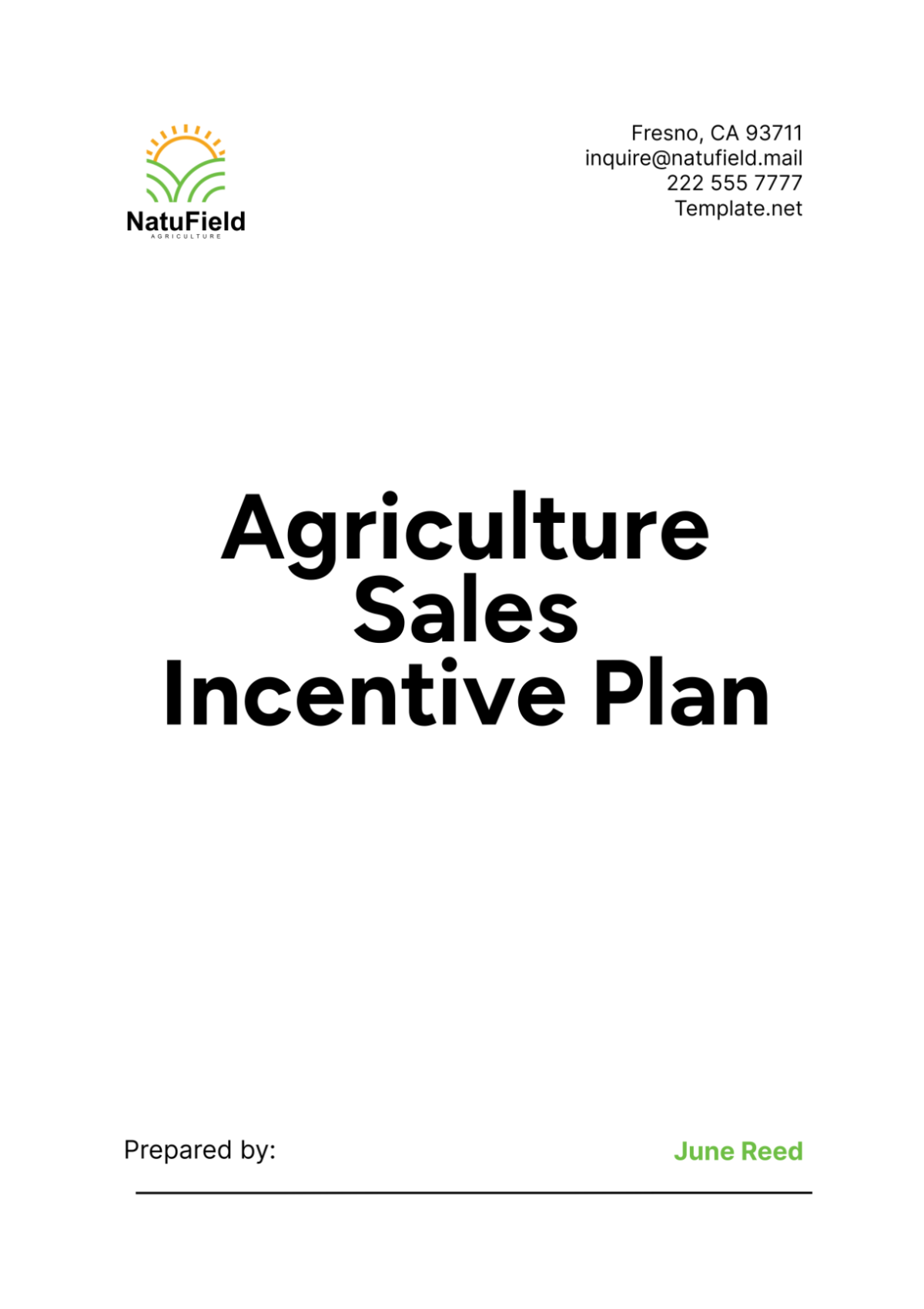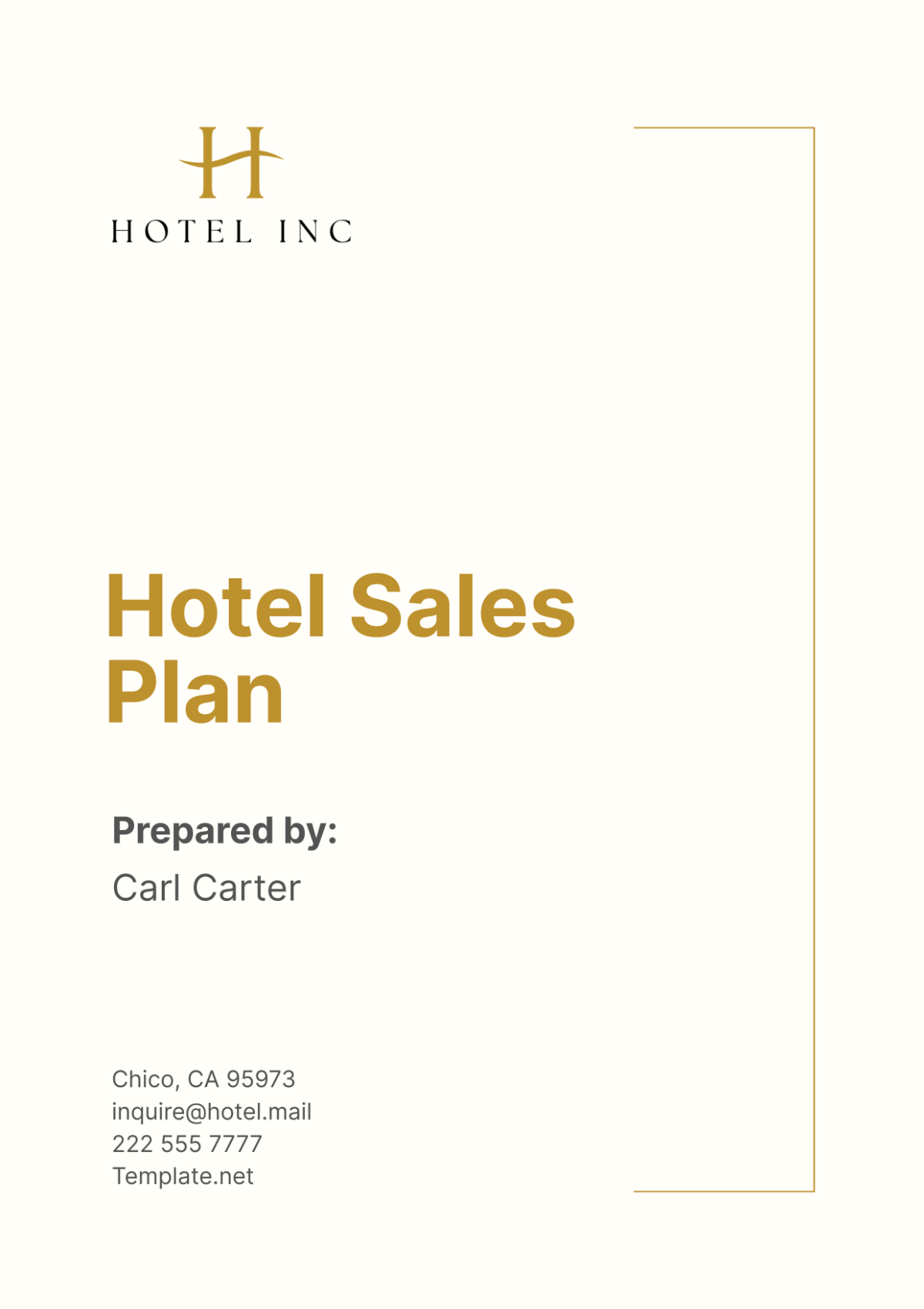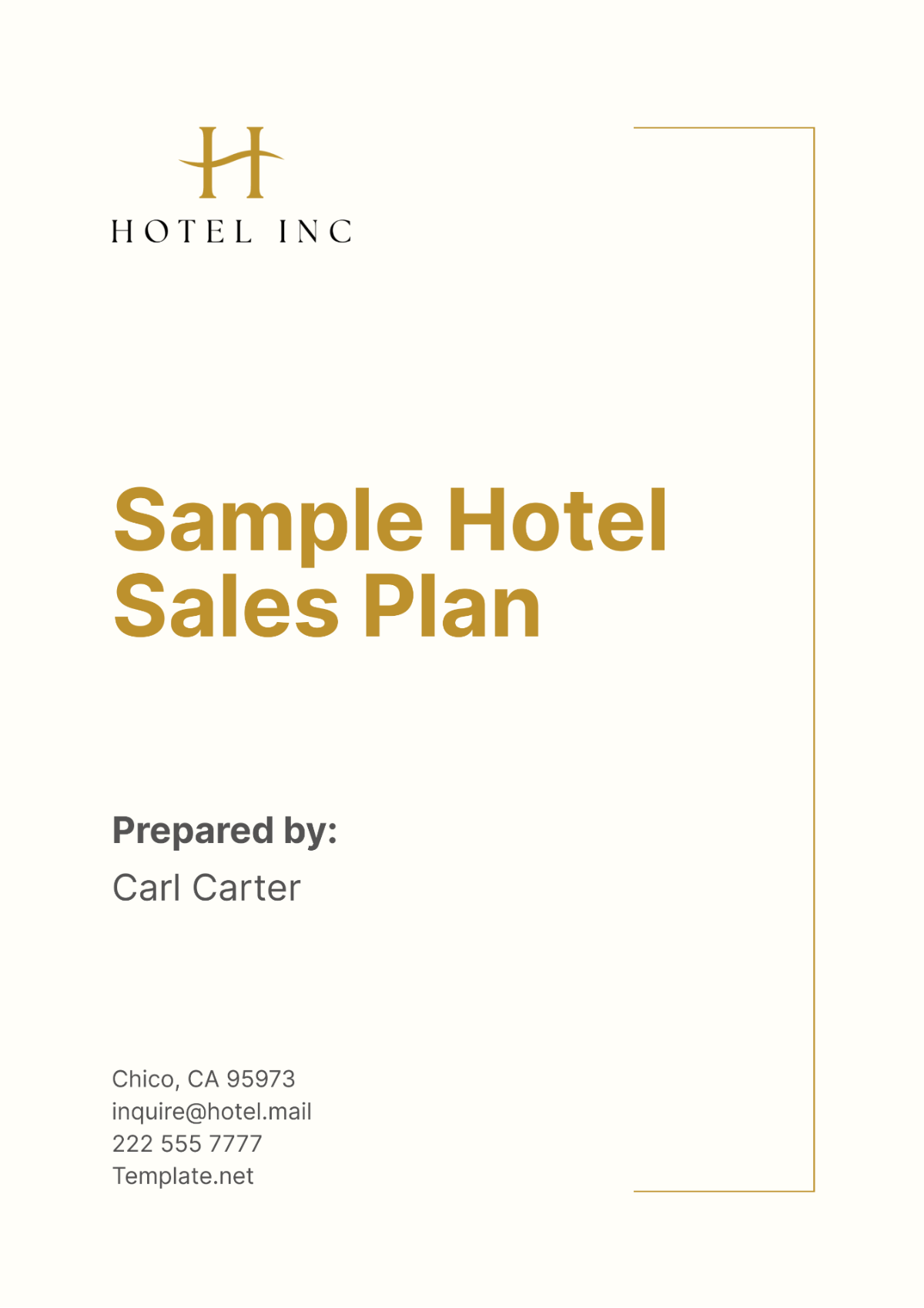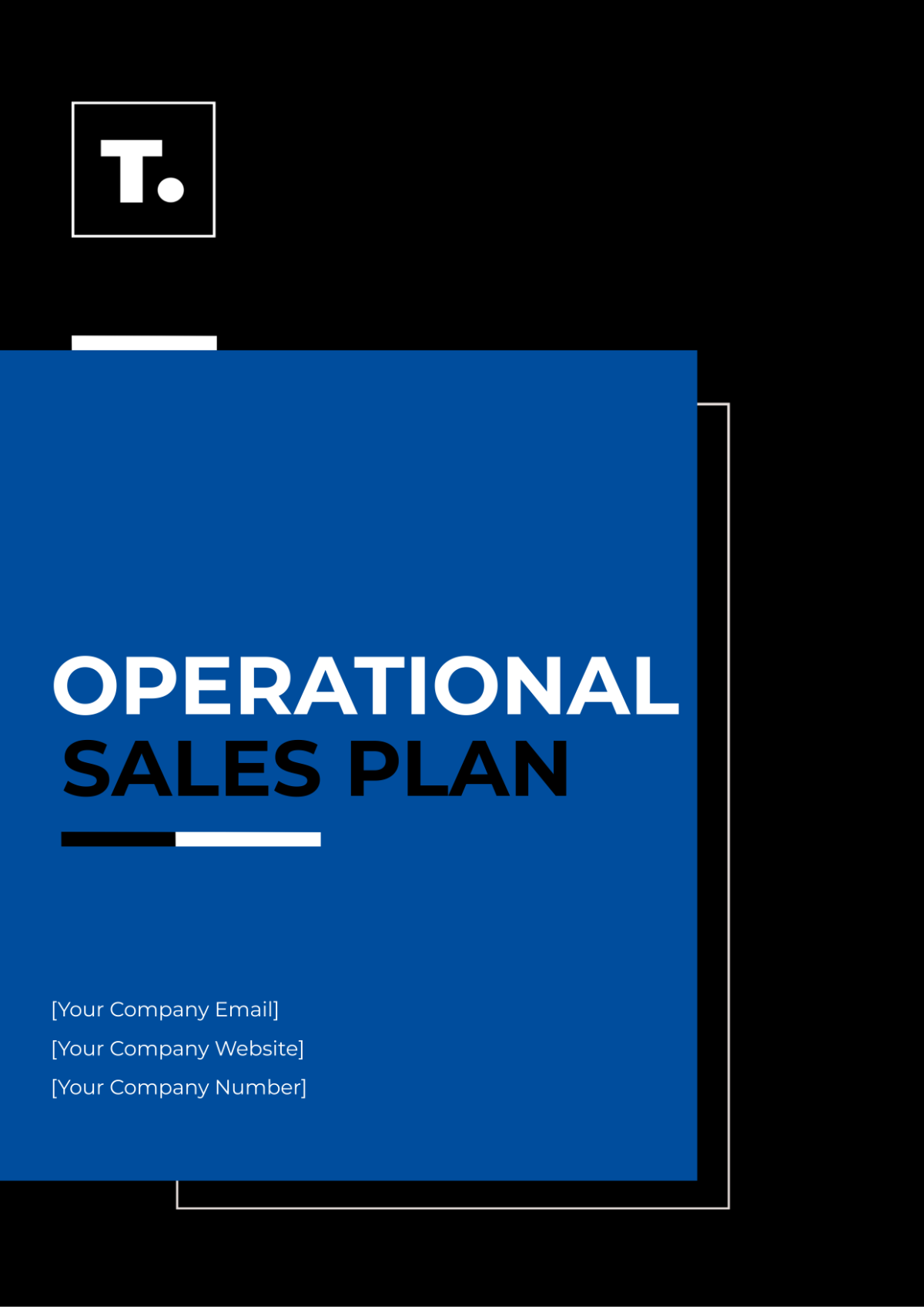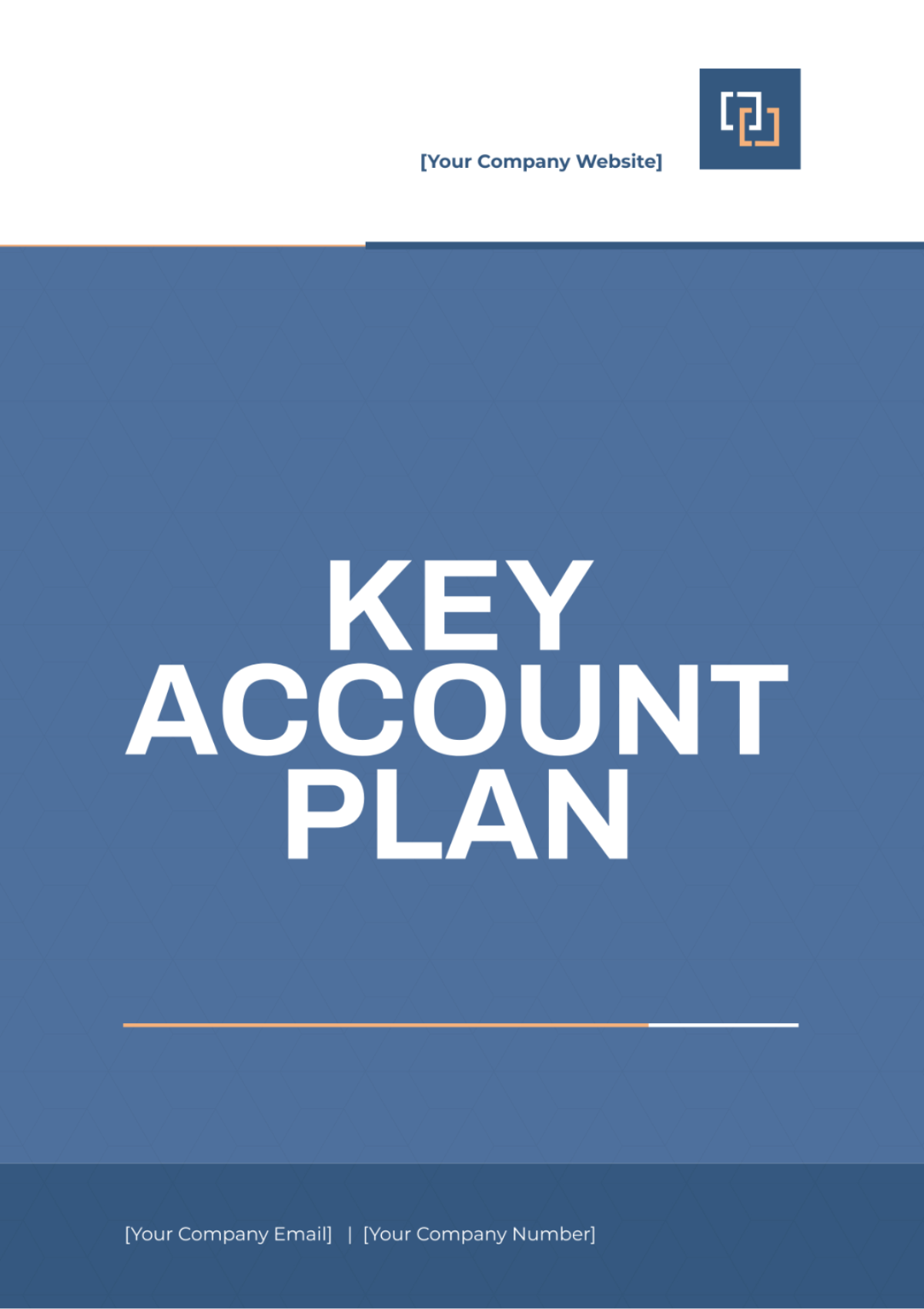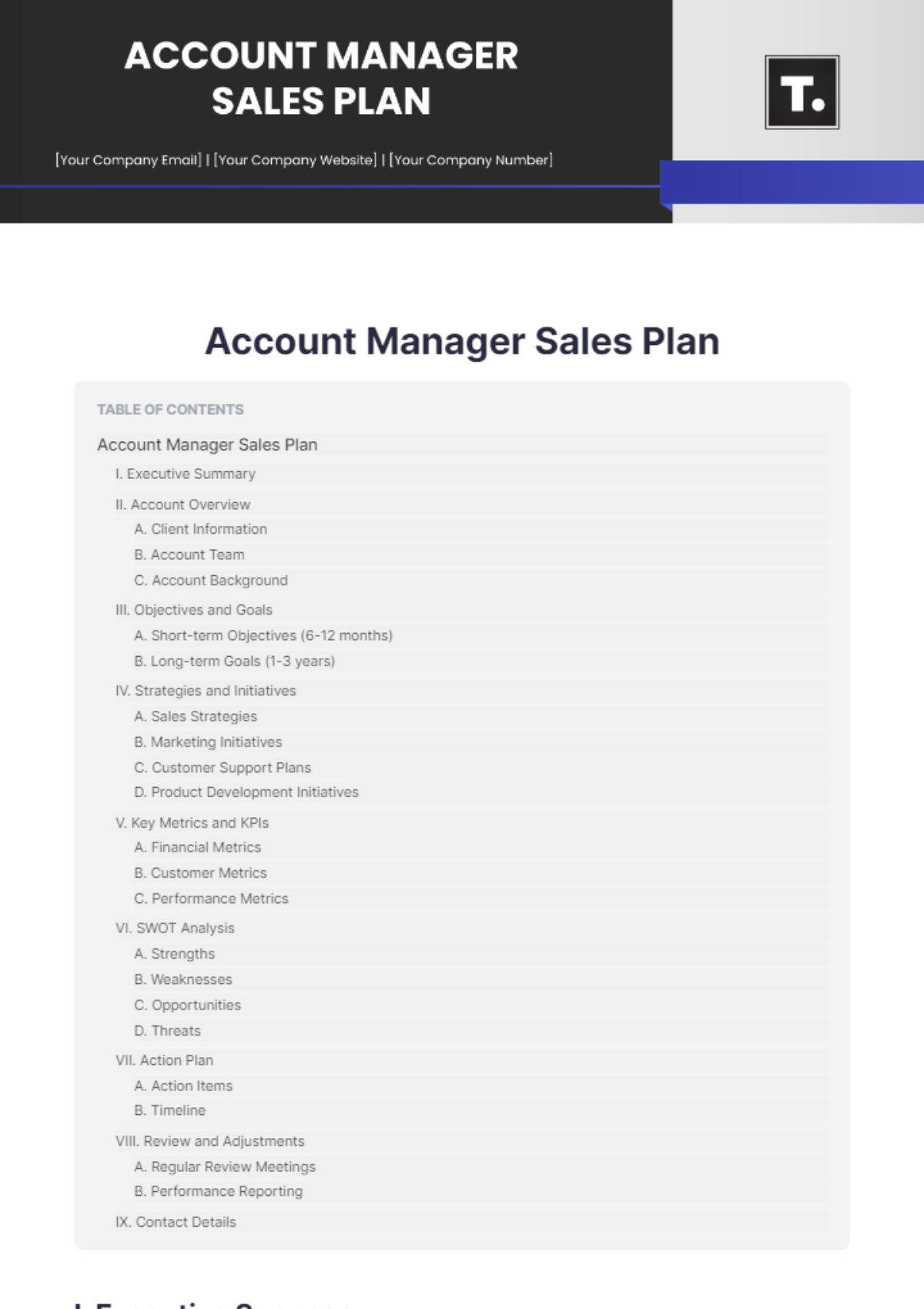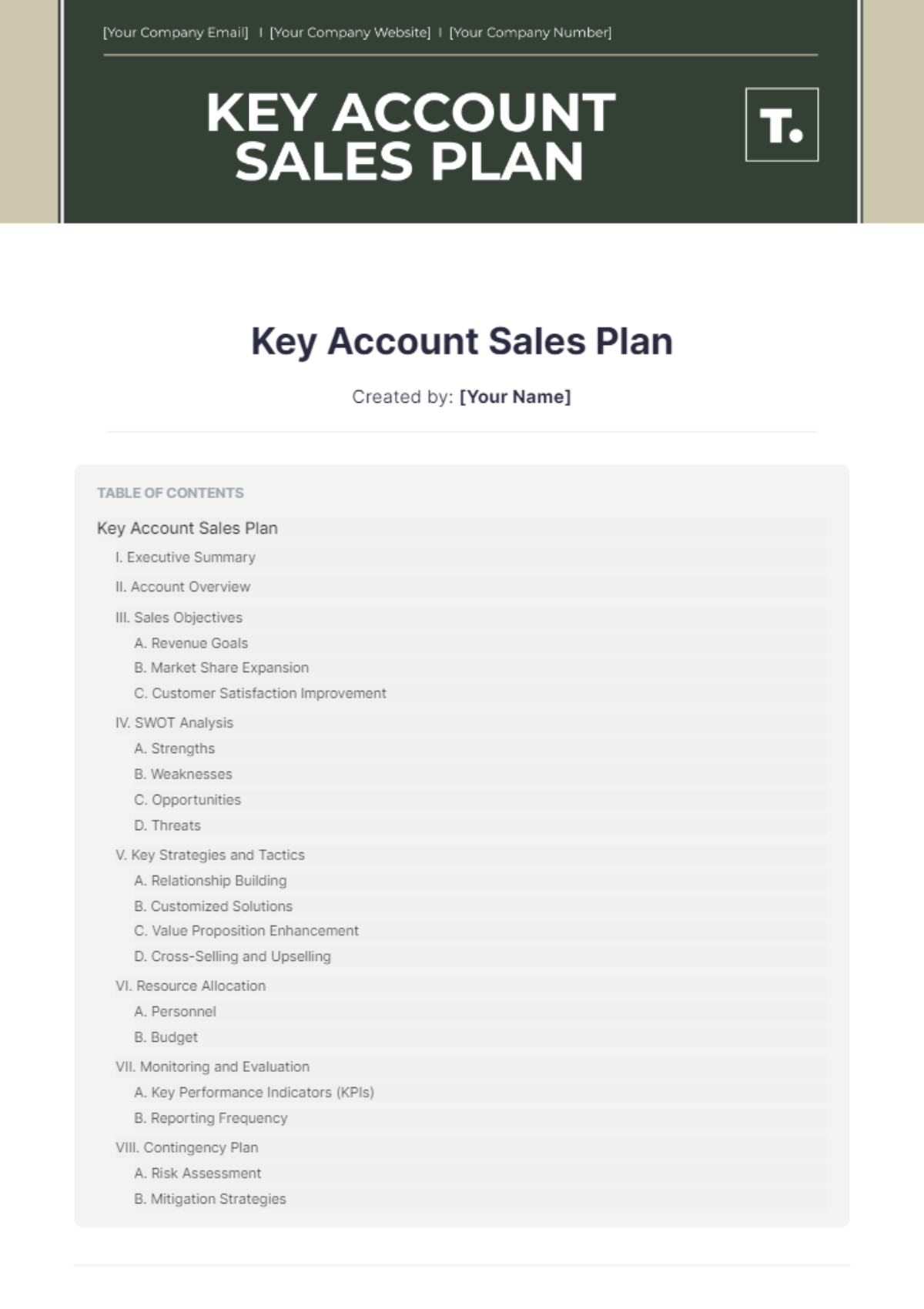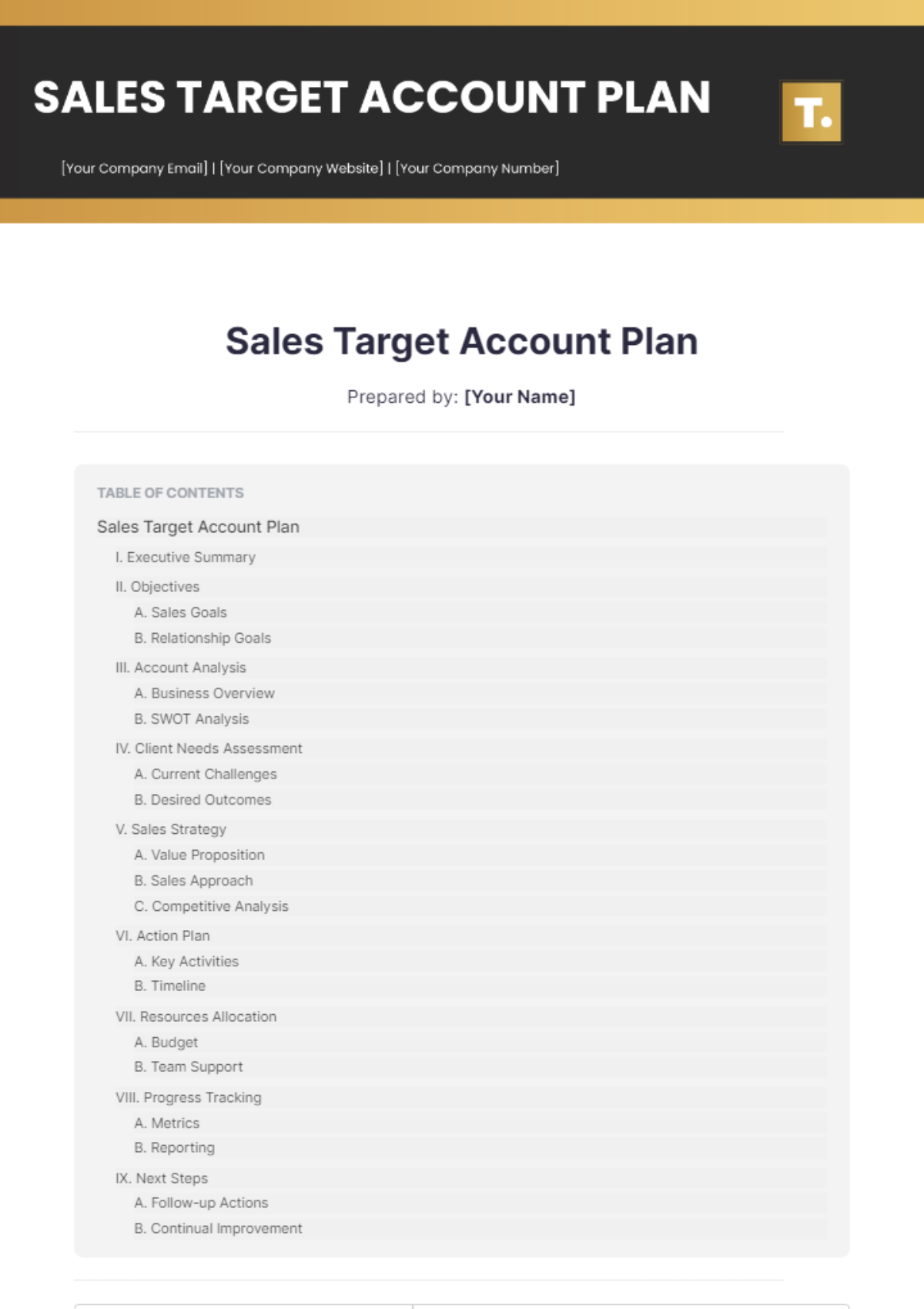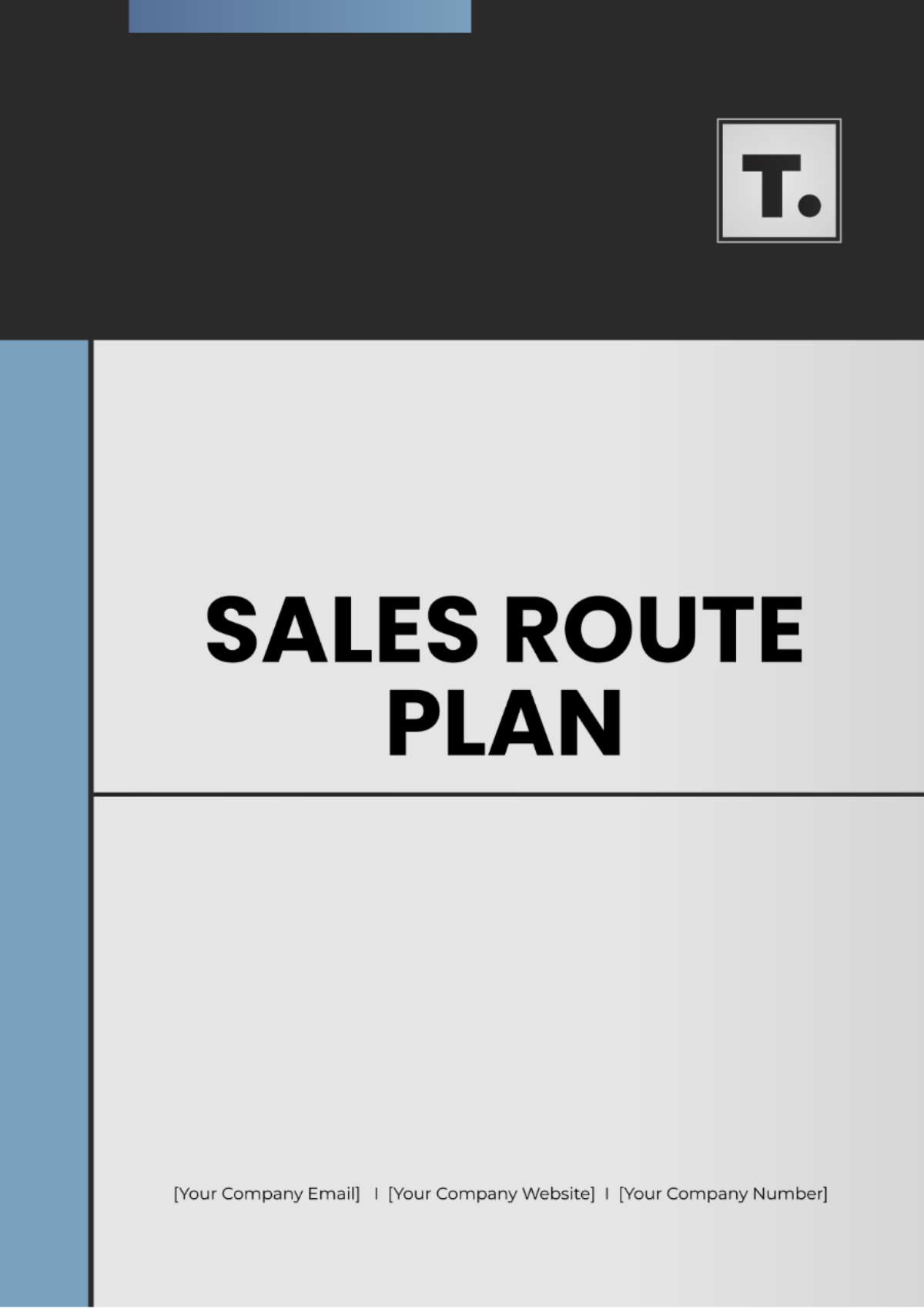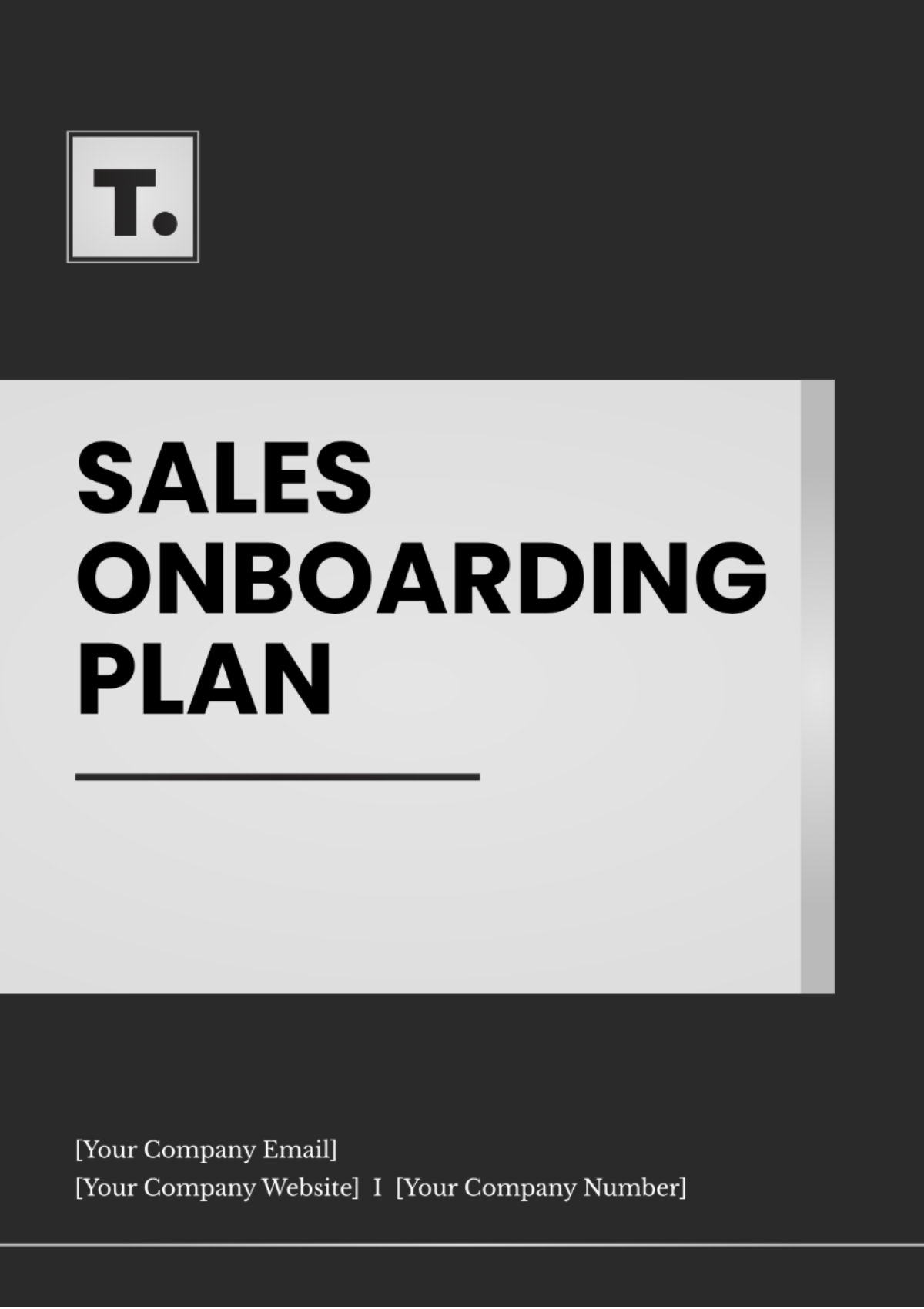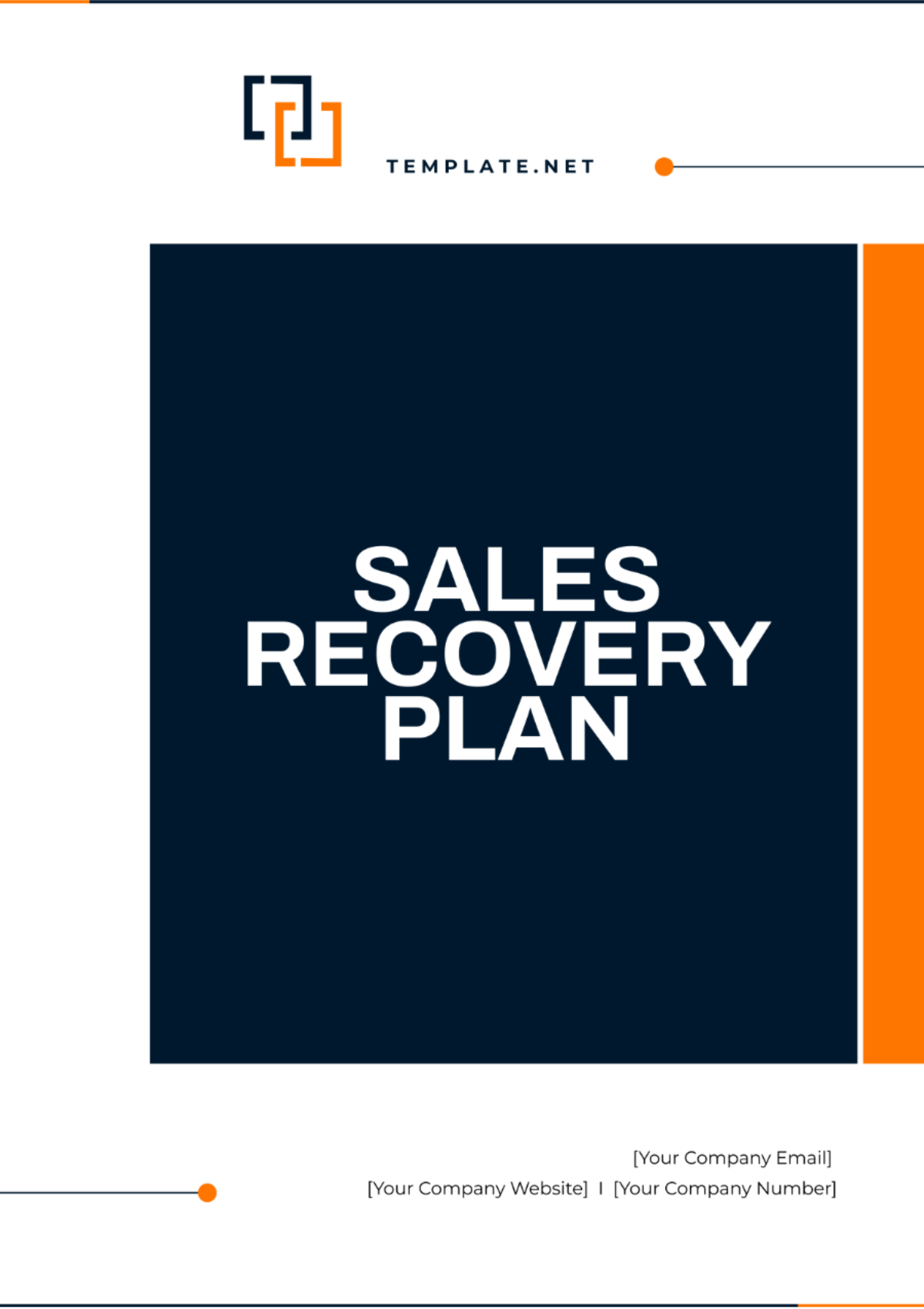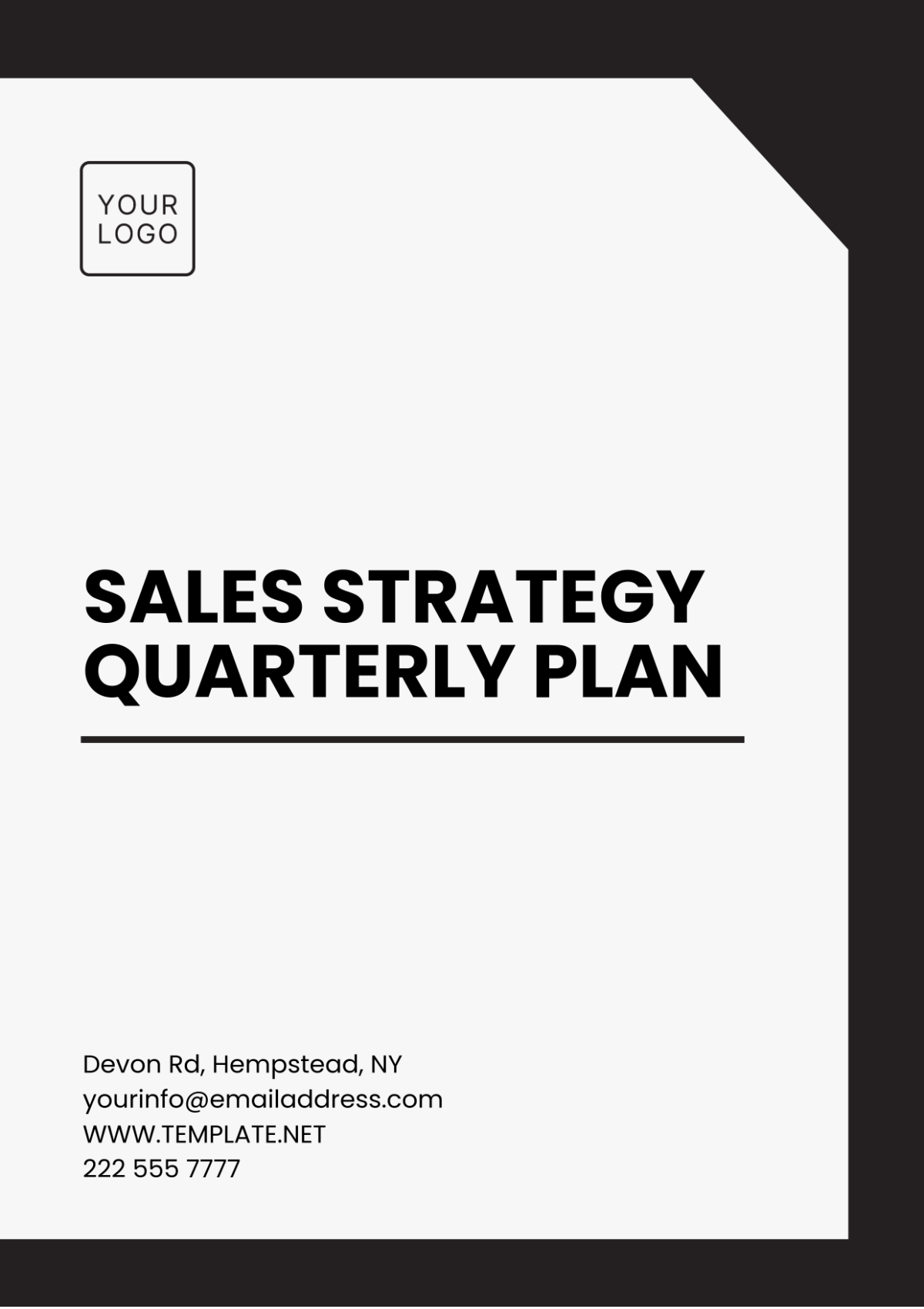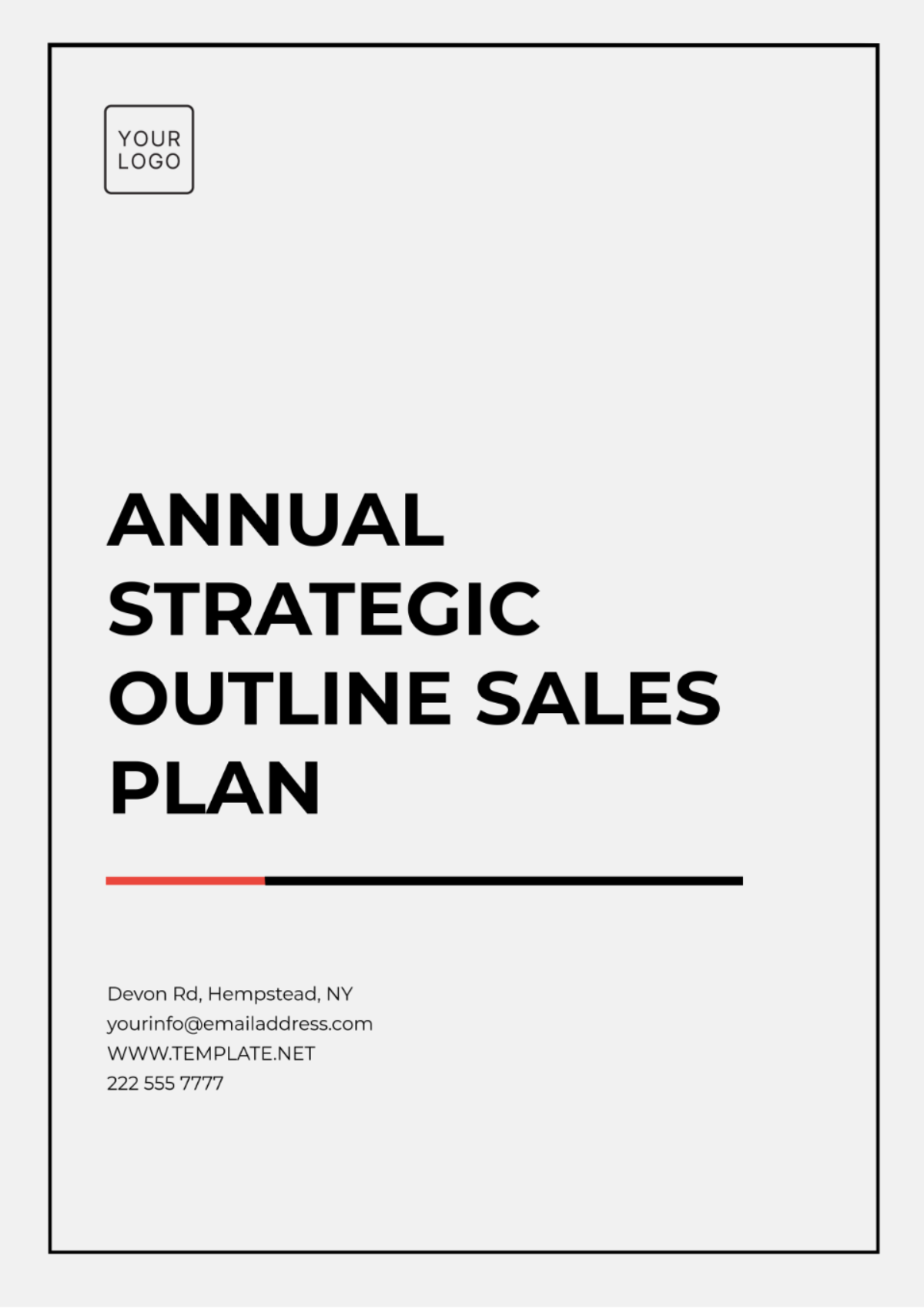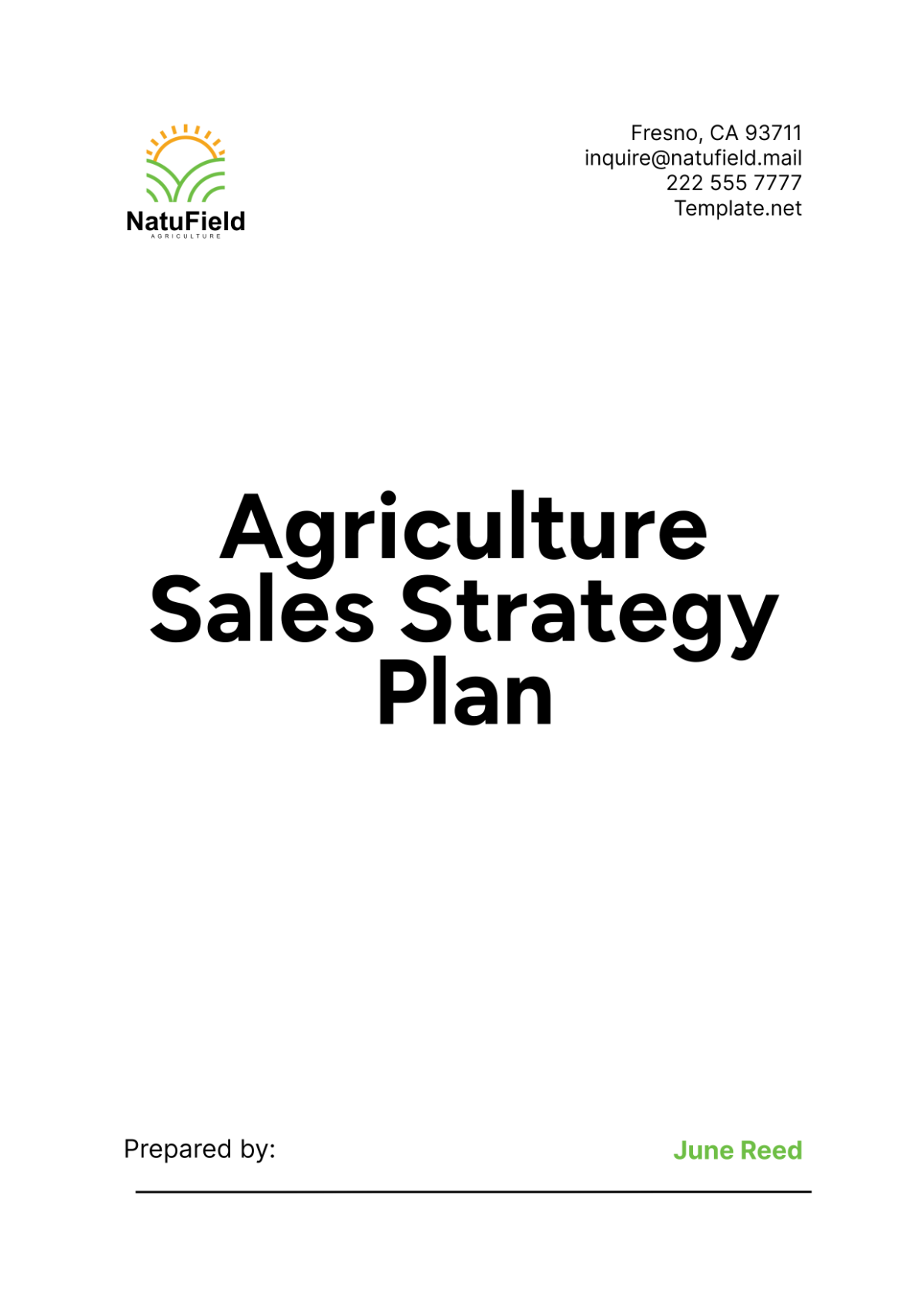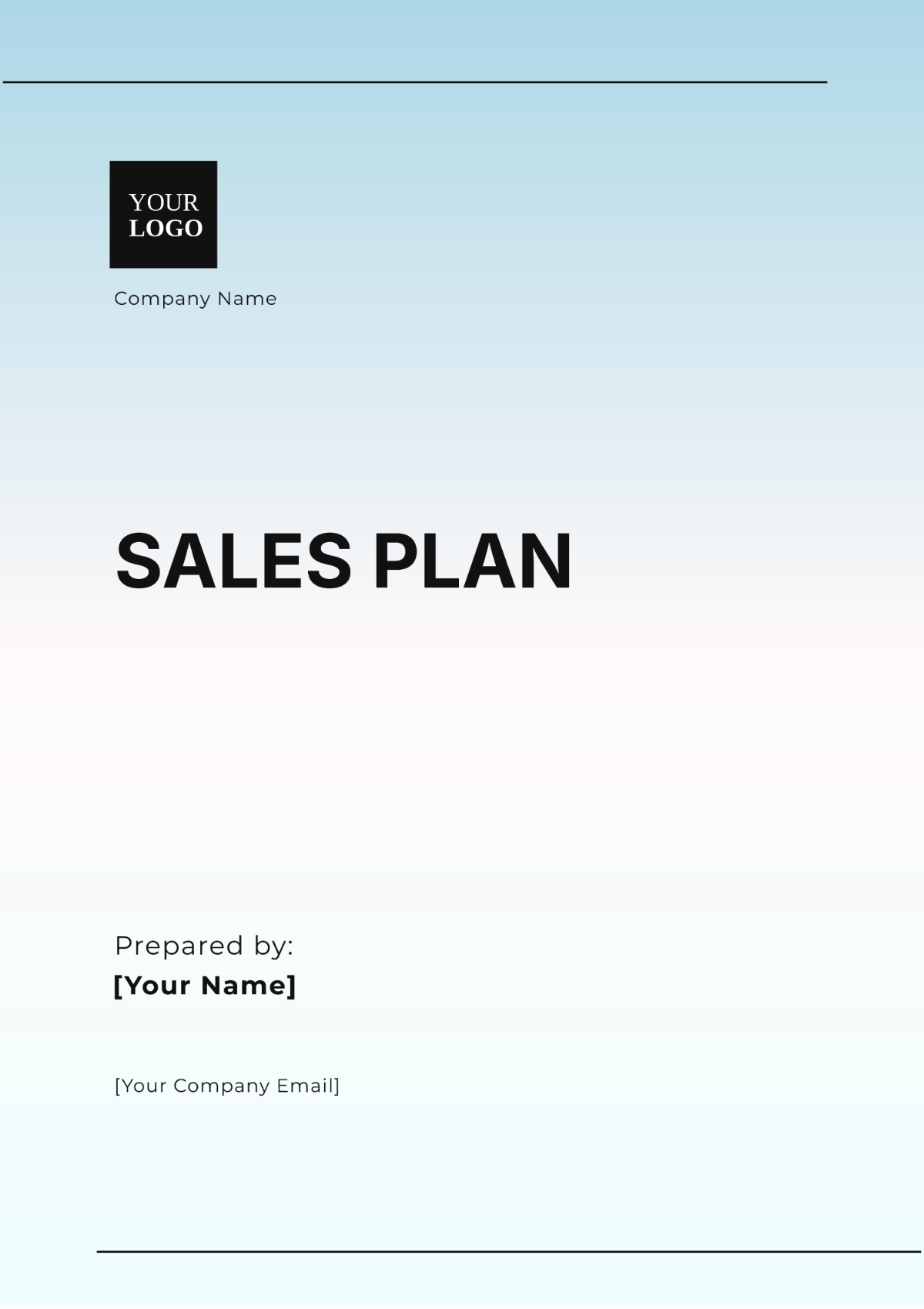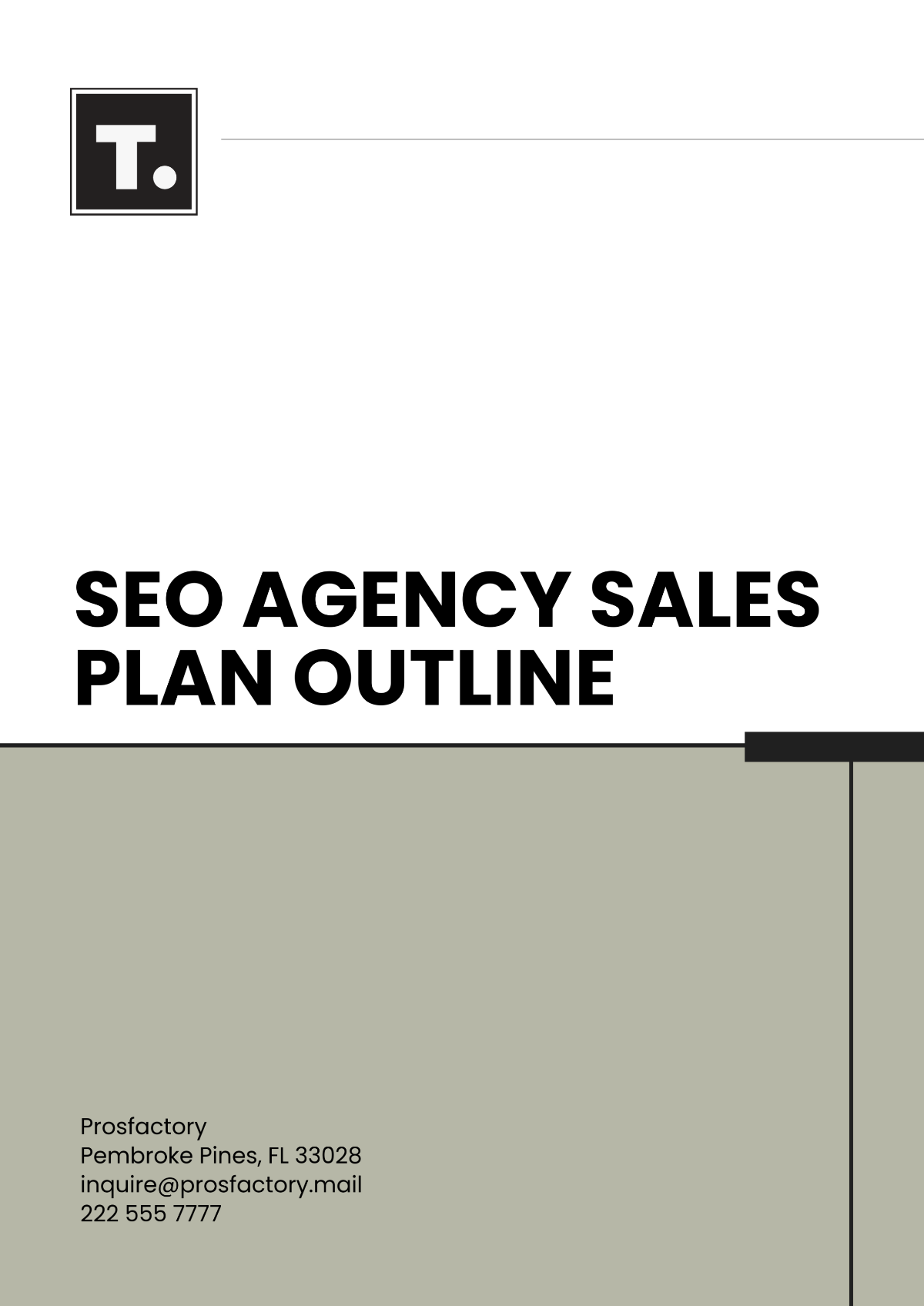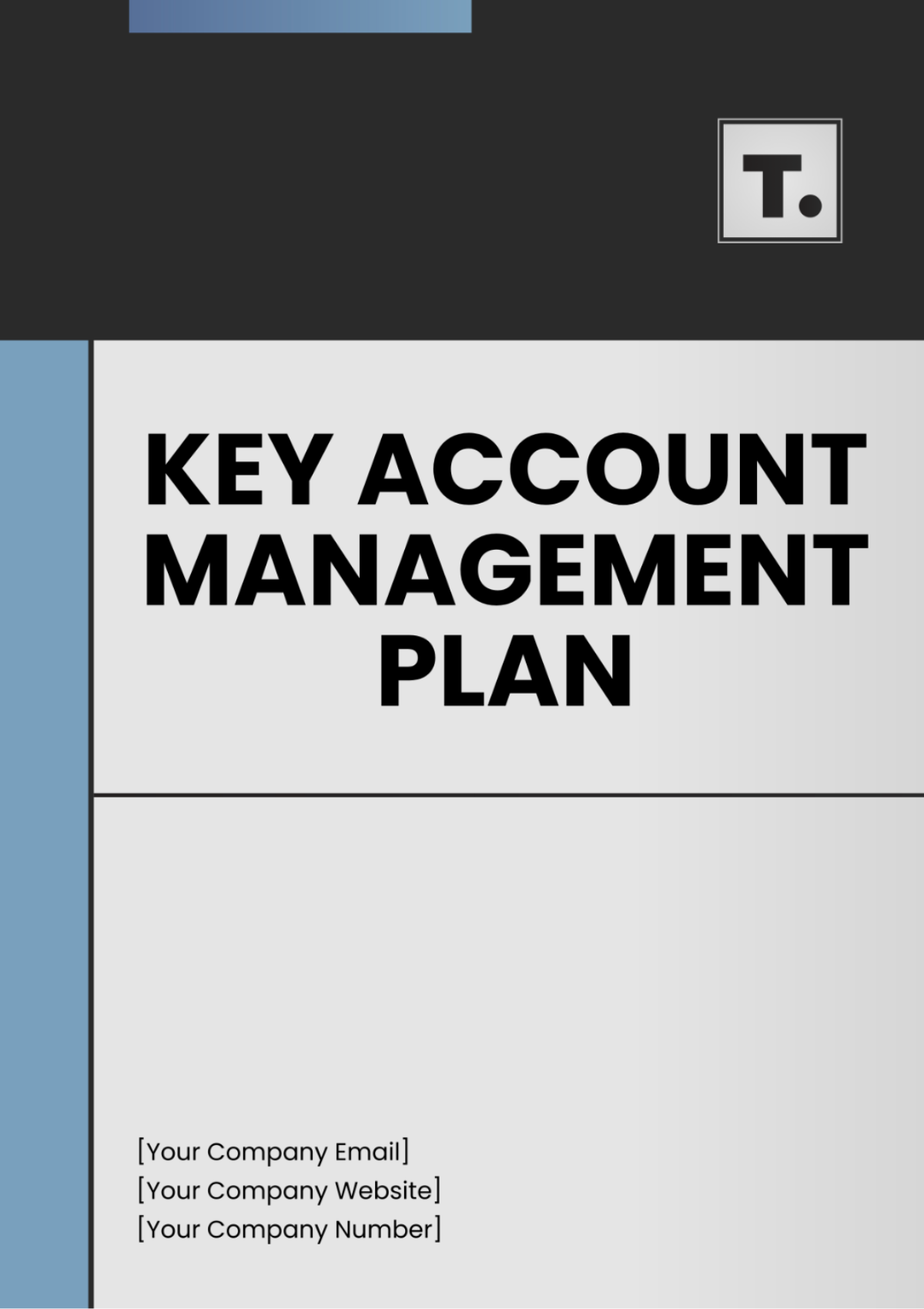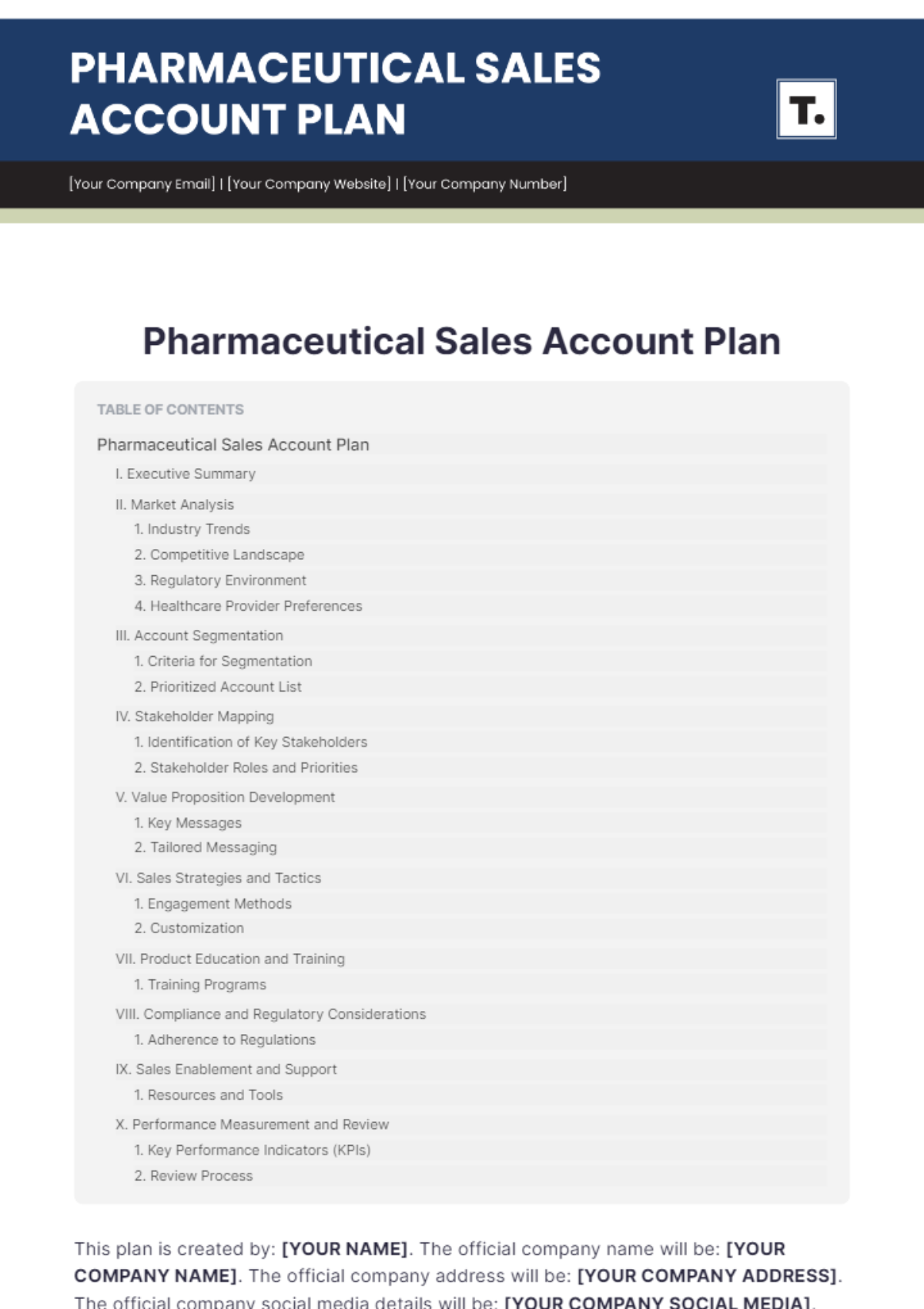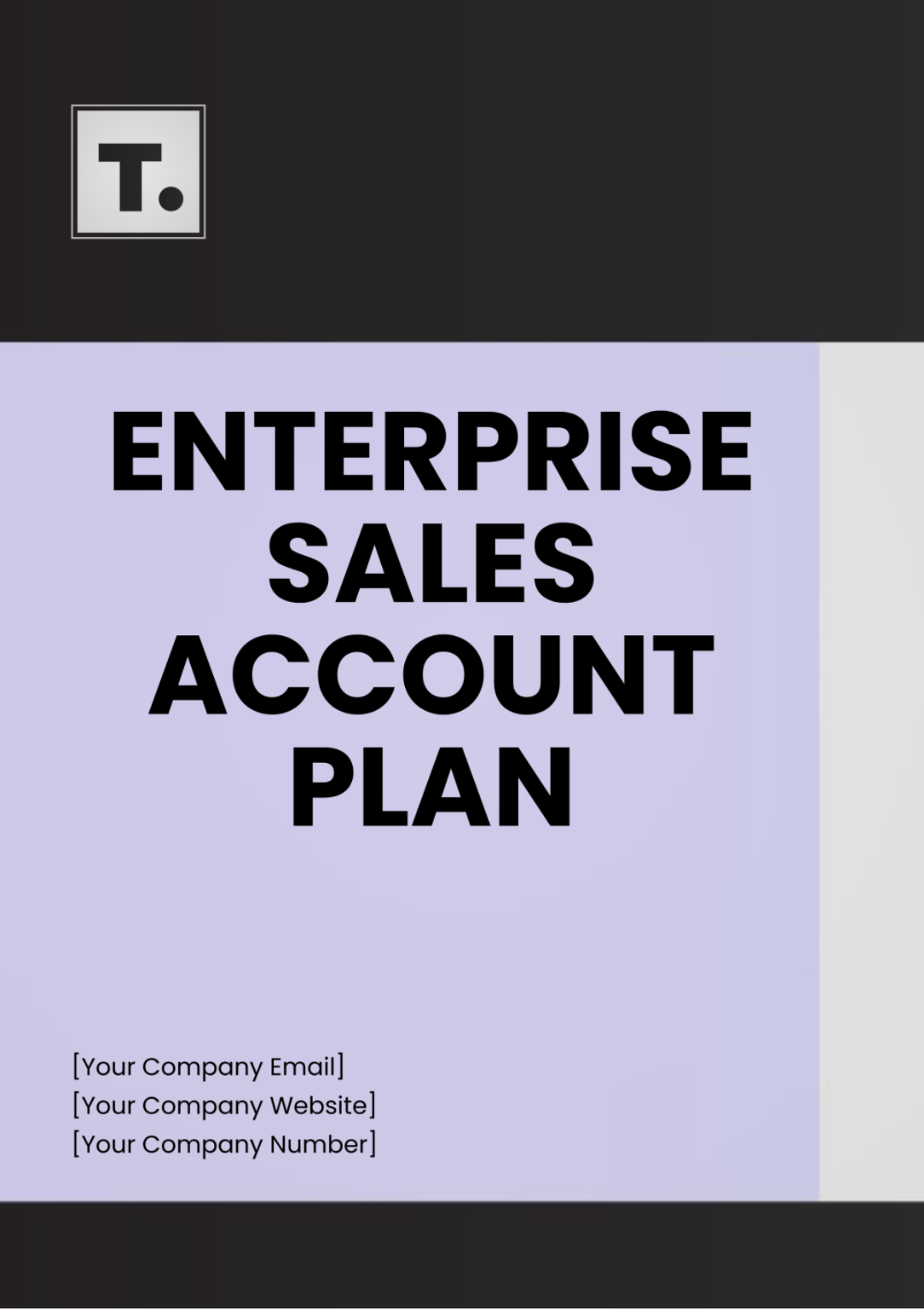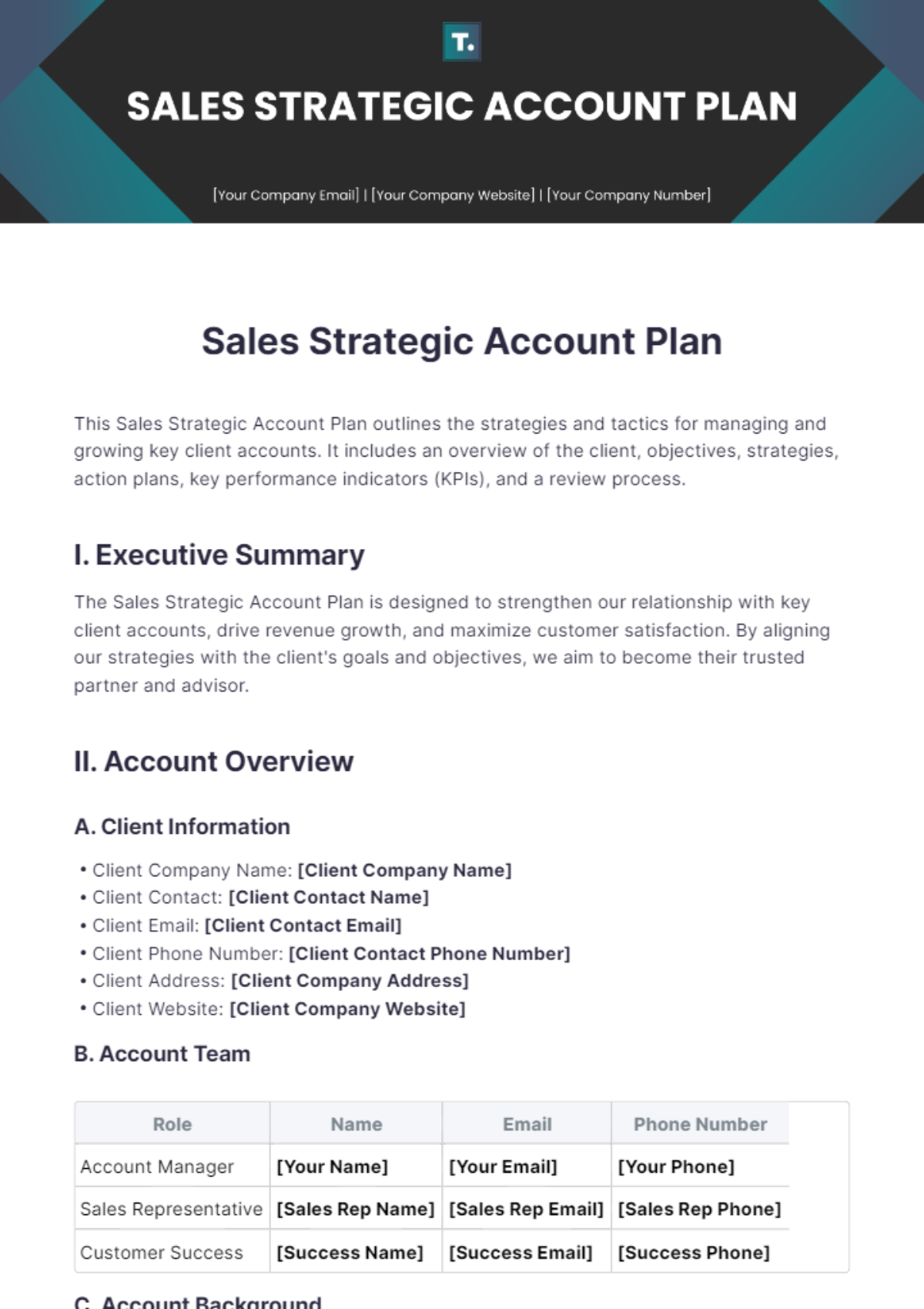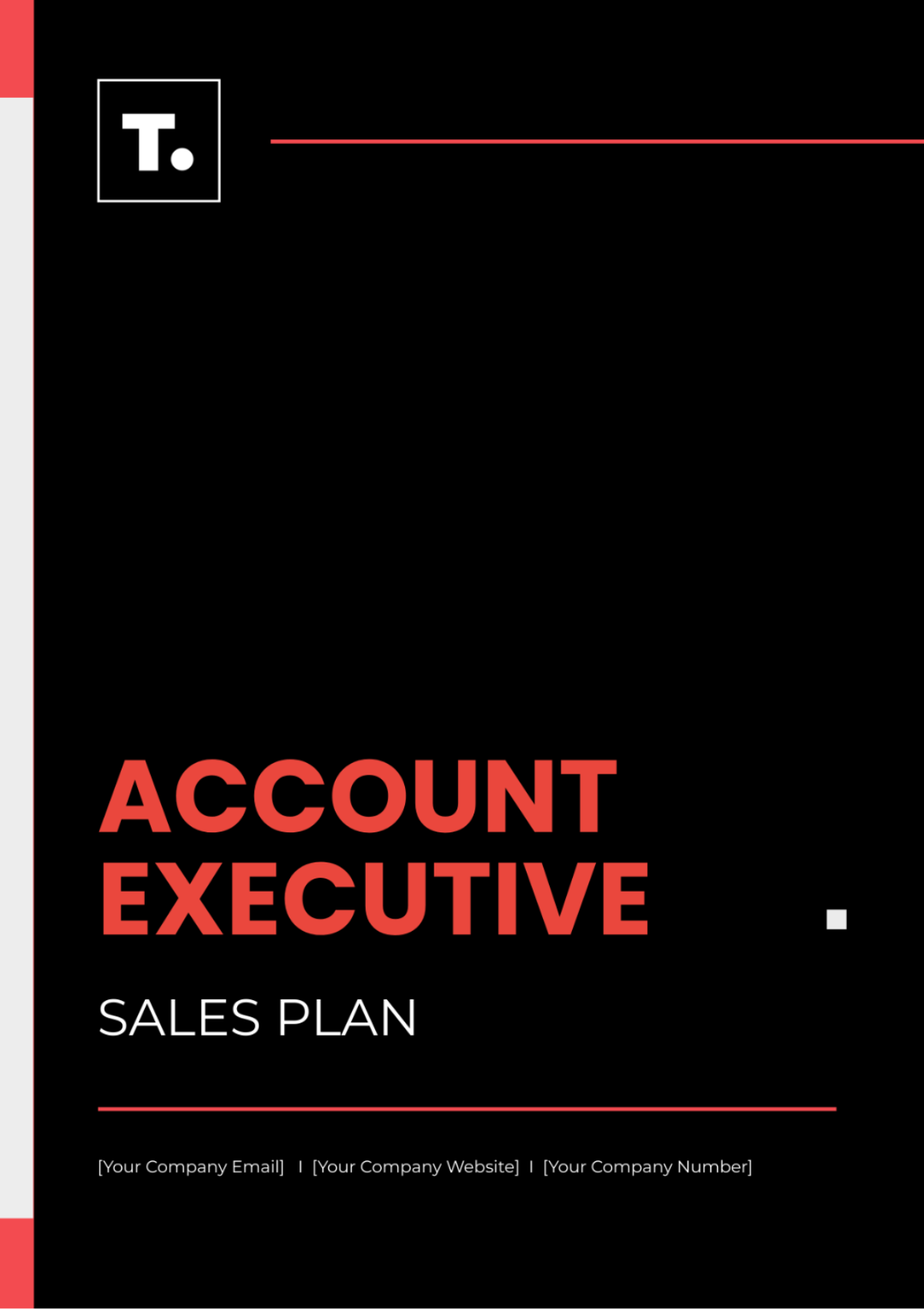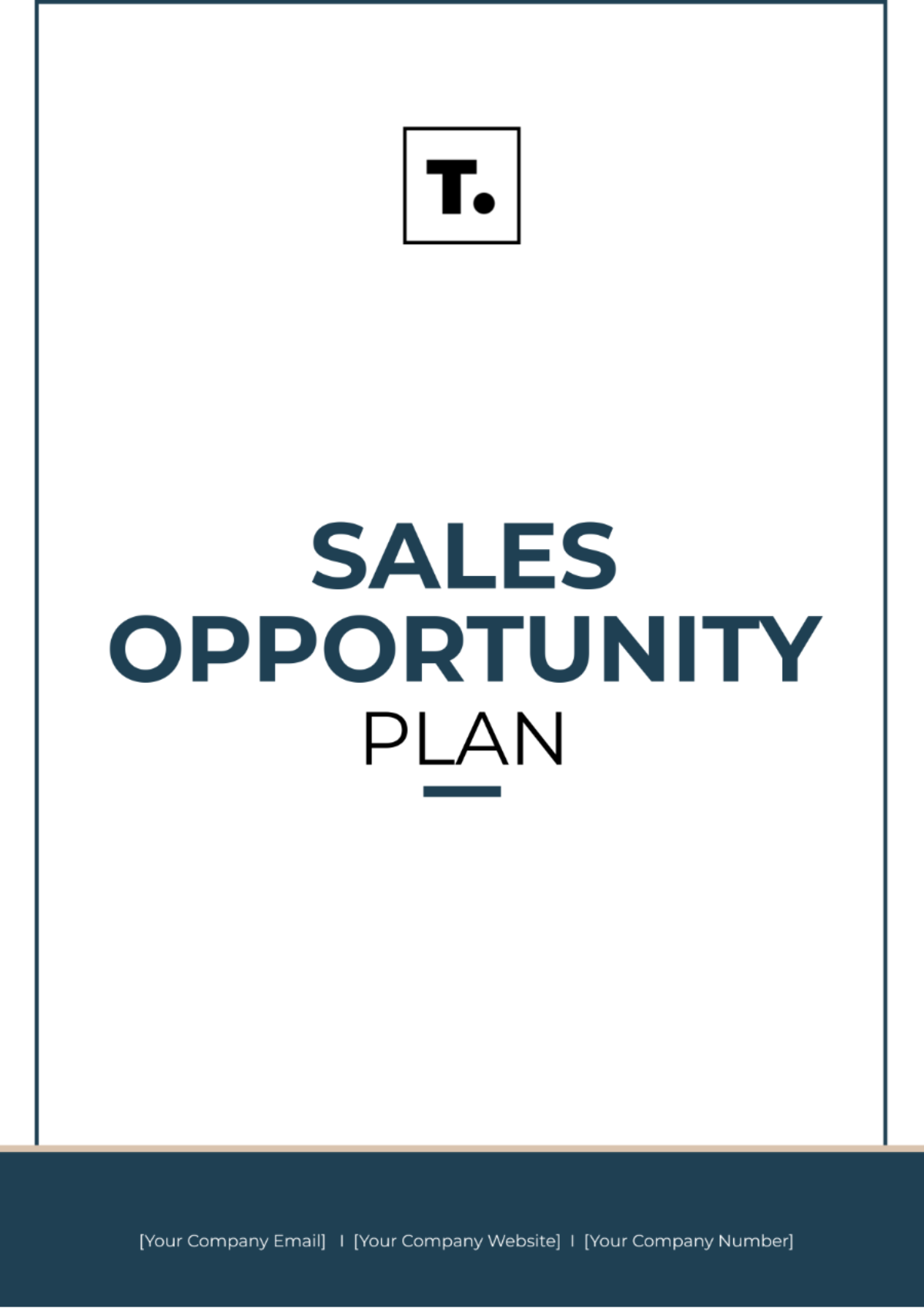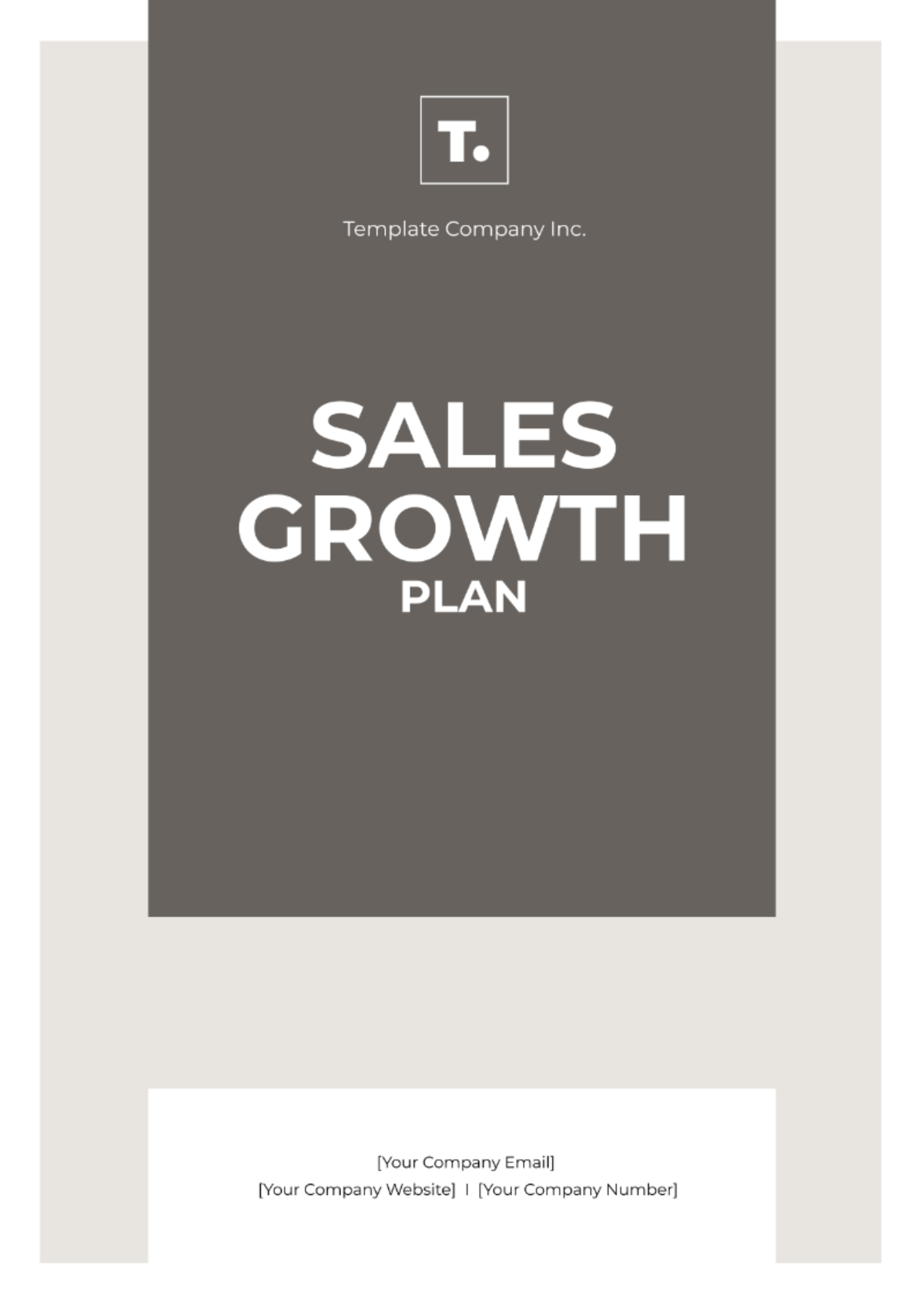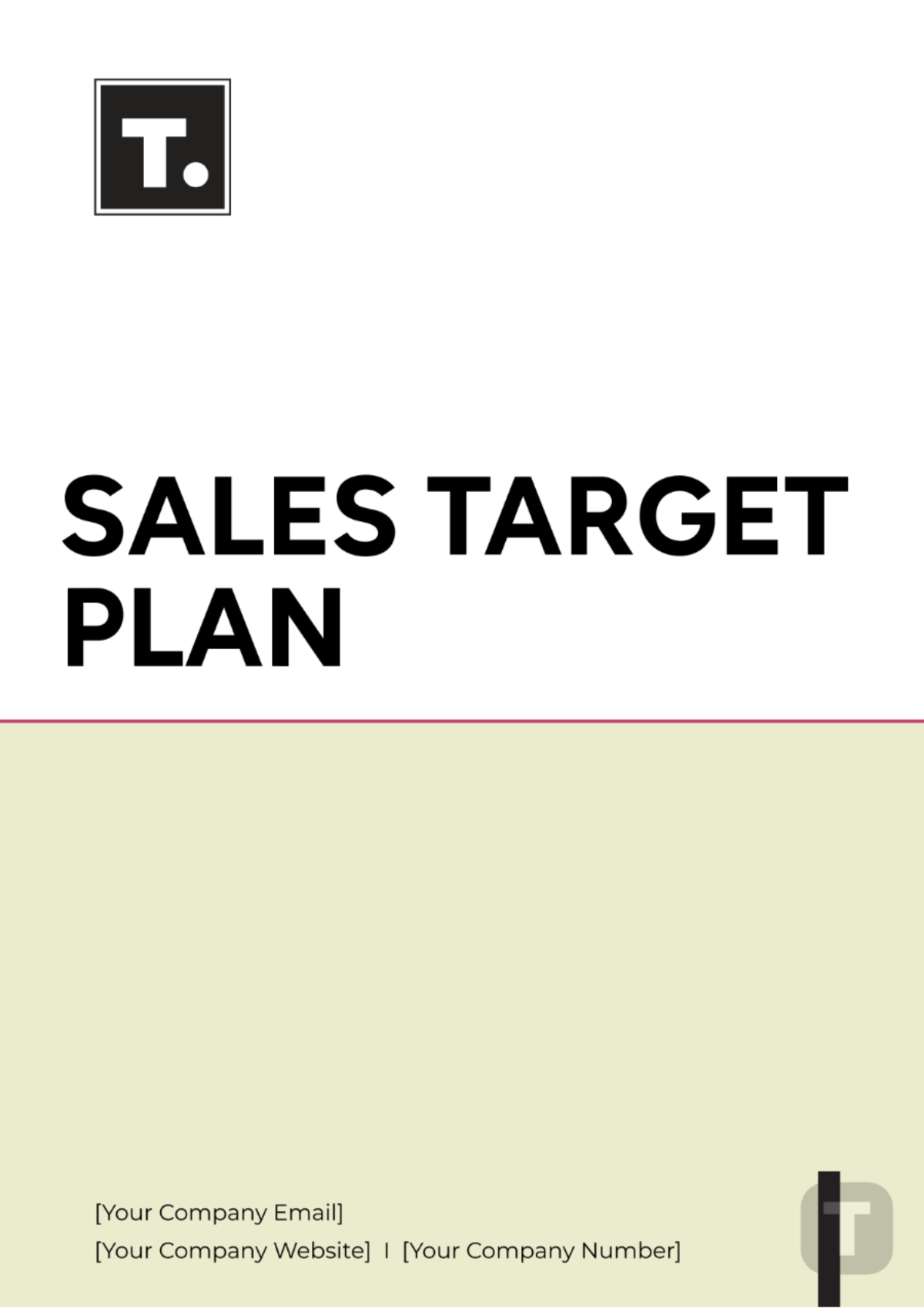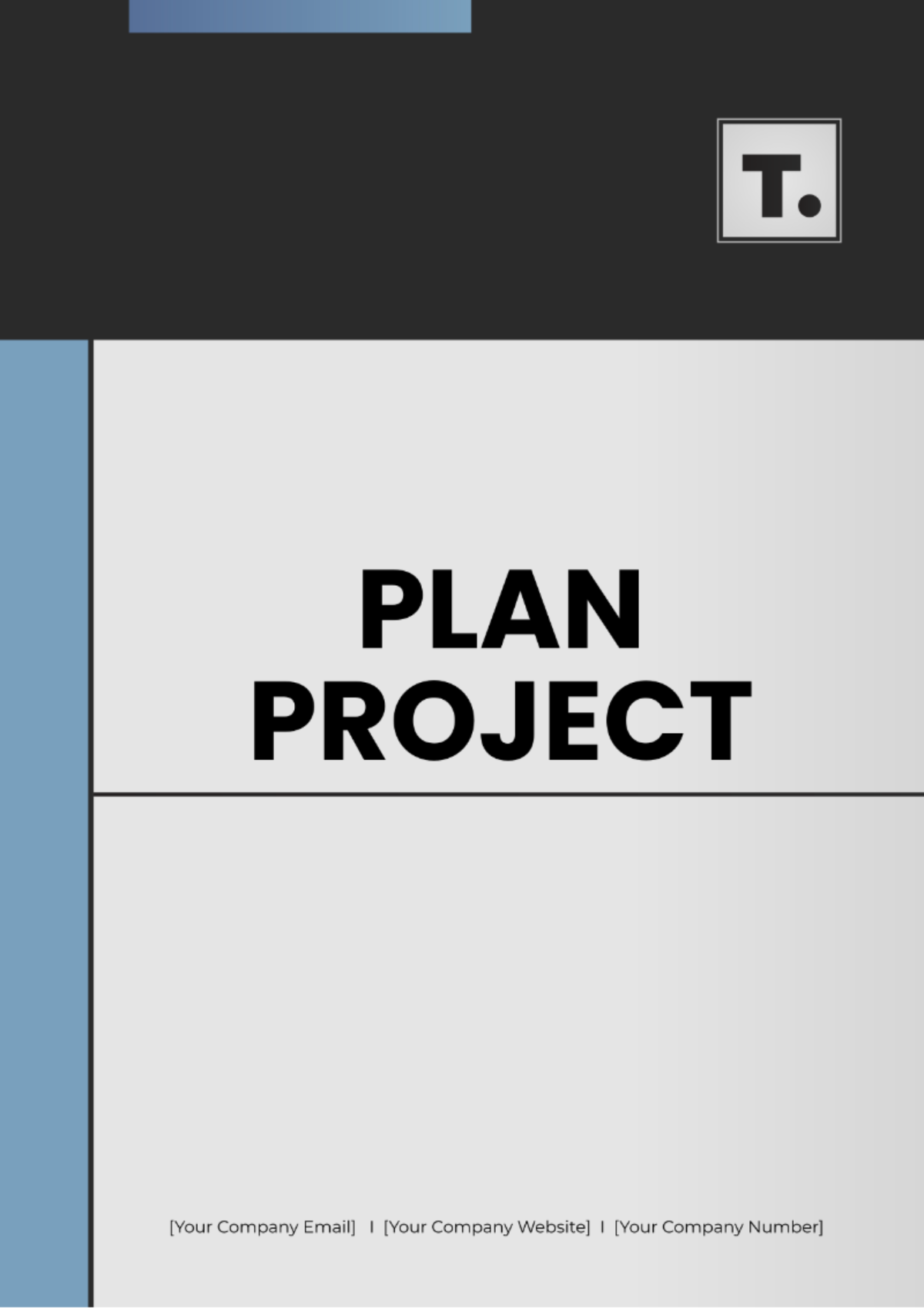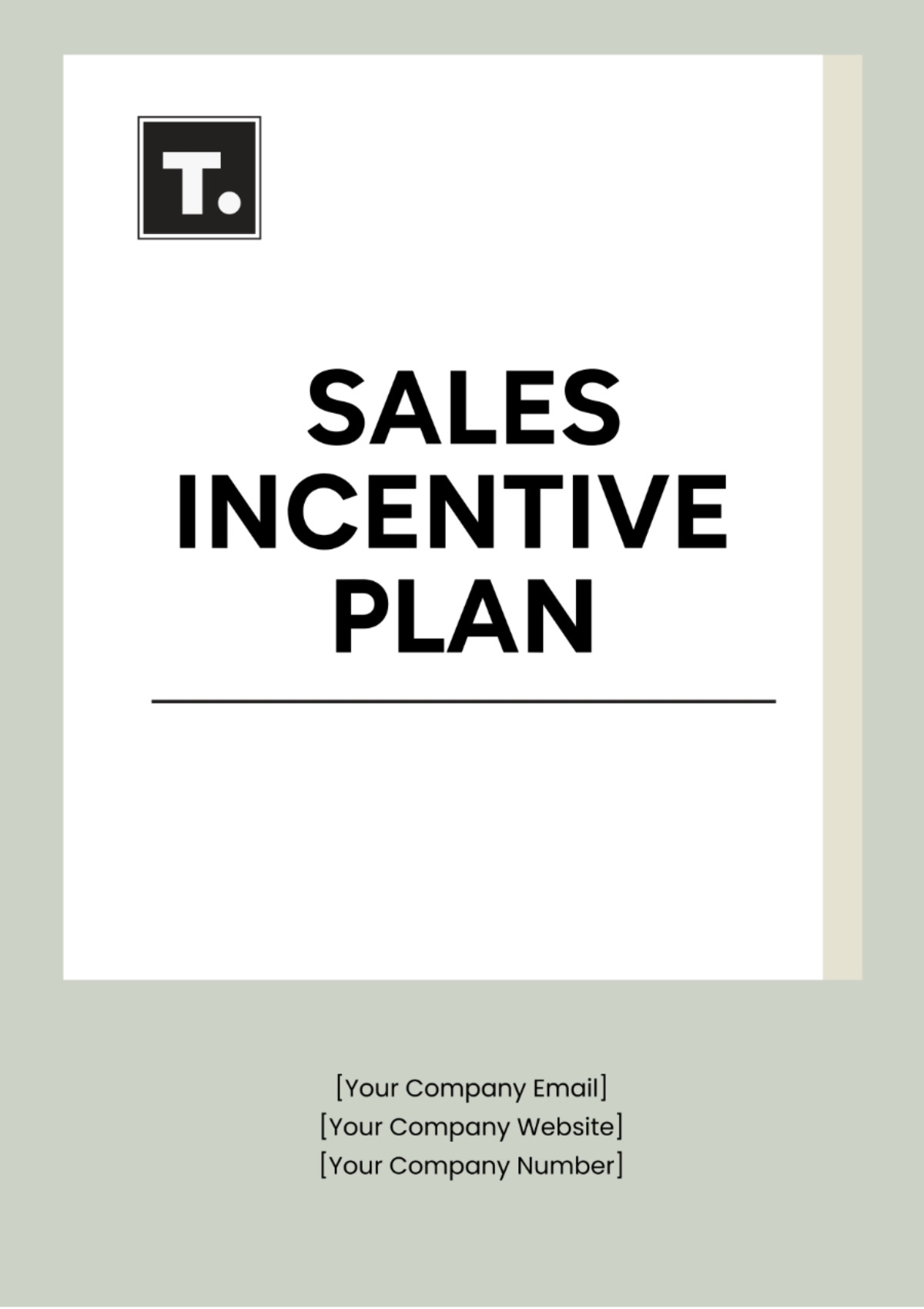Sales Plan for Building Relationships Post Networking Event
I. Purpose
Our purpose is to develop and implement a comprehensive Sales Plan focused on building and nurturing relationships with contacts made during networking events. By strategically following up and engaging with these individuals, we aim to transform initial connections into valuable long-term business relationships. This plan outlines our approach to post-event follow-up, engagement, personalization, and value creation to ensure that every interaction moves us closer to our goal of establishing a strong, mutually beneficial connection with our prospects and clients.
II. Importance of Post-Networking
The period following a networking event is critical for cementing the connections made during the interaction. Prompt and personalized follow-up can set the foundation for a strong relationship, differentiating us in a competitive market. The importance of this phase cannot be overstated, as it directly impacts our ability to convert leads into clients, foster loyalty, and drive our business's growth. Specifically, effective post-networking is crucial for:
Ensuring our new contacts remember us and the value proposition we offer.
Showing our commitment to providing tailored solutions and support to our prospects and clients.
Laying the groundwork for a trust-based relationship that encourages open communication and long-term engagement.
III. Post-Event Follow-Up Strategy
A. Immediate Follow Up
Immediate follow-up is our first step in the post-networking process, aiming to re-establish contact while our interaction is still fresh in the prospect's mind. This critical phase helps solidify our presence and demonstrates our keen interest in building a meaningful relationship. Our guidelines for executing an effective immediate follow-up include:
Reach Out Promptly: Send a follow-up email or message within 24-48 hours of the event to ensure we remain top of mind.
Express Gratitude: Start the conversation by thanking them for their time and the opportunity to connect.
Recall a Key Moment: Mention a specific discussion point or moment from the event to personalize the message and remind them of our interaction.
Propose a Next Step: Suggest a follow-up meeting, call, or another form of engagement to continue the conversation and deepen the relationship.
B. Personalization
Personalization is about tailoring our communication to reflect the unique interests, needs, and interaction history we share with each contact. This approach demonstrates our attentiveness and commitment to providing value, significantly enhancing the effectiveness of our follow-up efforts. To execute a personalized follow-up strategy, we adhere to the following guidelines:
Segment Contacts: Categorize contacts based on their interests, needs, and potential value to ensure tailored communication.
Use Personal Details: Incorporate details from our initial conversation or their business needs to show that our interaction was meaningful and remembered.
Customize Communication: Adjust the tone, content, and format of our follow-up messages to match the preferences and expectations of each contact.
Offer Specific Value: Propose solutions, insights, or resources that directly address the challenges or opportunities they mentioned during our interaction.
IV. Contact Management
A. CRM Integration
CRM Integration is the process of entering new contacts into our Customer Relationship Management system to ensure that we maintain organized and accessible records of all interactions. This system is crucial for tracking the progress of our relationships and customizing our outreach efforts. Our procedures for adding new contacts into the CRM include:
Enter Details Promptly: Add new contacts to the CRM system within 24 hours of receiving their information to ensure timely follow-up.
Include Comprehensive Information: Record not just basic contact information but also notes on the conversation, personal interests, and potential business needs identified during the initial interaction.
Assign Ownership: Designate a team member as the primary contact for each new connection to ensure accountability and consistency in communication.
Schedule Follow-Up Actions: Set reminders for follow-up communications or actions, ensuring no opportunity for engagement is missed.
B. Categorization
Categorization involves organizing contacts based on various criteria to tailor our communication strategy effectively. This segmentation allows us to prioritize our efforts and customize our messages to match the specific interests and needs of each group. Criteria for categorization include:
Potential Value: High, Medium, Low
Interest Level: Very Interested, Somewhat Interested, Needs Nurturing
Role in Decision-Making: Decision Maker, Influencer, End-User
Previous Interaction: New Contact, Previous Engagement, Long-Term Relationship
V. Engagement Plan
A. Content Sharing
Content sharing is a key component of our engagement strategy, involving the distribution of valuable, relevant content to our contacts. This approach helps us stay top of mind, demonstrate our industry expertise, and provide ongoing value. Guidelines for effective content sharing include:
Identify Interests: Tailor content based on the specific interests or needs of each segment of our audience.
Maintain Consistency: Share content on a regular schedule to keep our brand visible without overwhelming our contacts.
Diversify Formats: Use a variety of content formats, including articles, videos, infographics, and reports, to cater to different preferences.
Encourage Interaction: Include calls-to-action that encourage feedback or further interaction, deepening engagement and gathering insights.
B. Event Invitations
Event invitations are a strategic way to further engage our contacts by inviting them to participate in webinars, workshops, and other events that we host or participate in. This direct engagement opportunity allows us to strengthen relationships and showcase our value proposition. Guidelines for extending event invitations include:
Personalize Invitations: Customize the invitation message to reflect the recipient’s interests and previous interactions with our organization.
Provide Clear Value Proposition: Highlight the benefits of attending the event and what the contact can expect to gain from their participation.
Offer Exclusive Access: When possible, provide early access or exclusive offers to our contacts as a value-added benefit.
Follow Up Post-Event: Reach out to attendees after the event to gather feedback, provide additional resources, and propose next steps for further engagement.
VI. Monitoring and Adjustment
A. Engagement Tracking
Engagement tracking is essential for understanding how our contacts interact with our communication efforts, allowing us to adjust our strategies for maximum effectiveness. By monitoring various engagement metrics, we can identify what resonates with our audience and where improvements are needed. Methods of engagement tracking and their expected engagement levels are as follows:
Method | Expected Engagement Level |
Email Opens | High |
Content Interactions | Medium to High |
Event Participation | High |
Response Rate to Calls | Medium |
Social Media Engagement | Low to High |
B. Feedback Collection
Feedback collection is a vital part of our strategy, enabling us to gather insights directly from our contacts about their preferences, needs, and perceptions. This information is crucial for refining our approach and ensuring that we are providing value. Mechanisms for feedback collection include:
Surveys
Direct Calls
Feedback Forms
Social Media
Email Responses
VII. Long-Term Relationship Building
Long-term relationship building is the cornerstone of our strategy, focusing on developing deep, lasting connections with our contacts. This involves consistent effort, personalized engagement, and a commitment to providing ongoing value. Guidelines for long-term relationship building include:
Maintain Regular Communication: Keep in touch with regular updates, sharing relevant content and industry insights.
Provide Continuous Value: Offer solutions, advice, and resources that address their evolving needs.
Seek Opportunities to Help: Look for ways to assist or support their goals beyond your immediate offerings.
Celebrate Successes: Acknowledge and celebrate their milestones and achievements.
Adapt to Changing Needs: Stay informed about their changing business landscape and adjust your support accordingly.
VIII. Measurement and Analysis
A. KPIs
Key Performance Indicators (KPIs) are critical for measuring the success of our relationship-building efforts, allowing us to quantify our impact and refine our strategies. Setting target metrics/values for these KPIs ensures that we have clear goals to aim for. Our KPIs and their target metrics/values are as follows:
KPI | Target Metrics/Values |
Conversion Rate | 15% |
Number of Meetings Set | 10 per month |
Email Open Rate | 25% |
Event Attendance Rate | 50% of invites |
Long-Term Engagement Level | Increase by 20% yearly |
B. ROI Analysis
ROI Analysis is crucial for understanding the effectiveness of our relationship-building investments, ensuring we allocate our resources wisely. Techniques for assessing ROI include:
Cost-Benefit Analysis: Compare the costs of our relationship-building activities against the revenue generated from these contacts.
Lifetime Value Calculation: Estimate the long-term value of relationships to assess the payoff of our engagement efforts.
Engagement-to-Conversion Ratios: Analyze how engagement levels correlate with conversion rates to prioritize the most effective strategies.
Feedback Impact Assessment: Evaluate how changes made based on feedback affect our KPIs and overall relationship strength.
Benchmarking: Compare our performance against industry standards or past performance to gauge progress.

